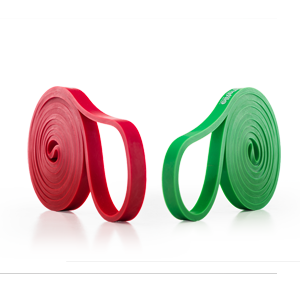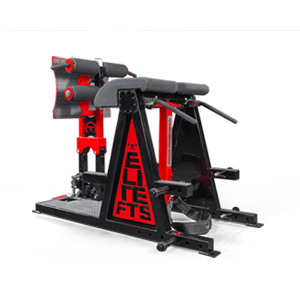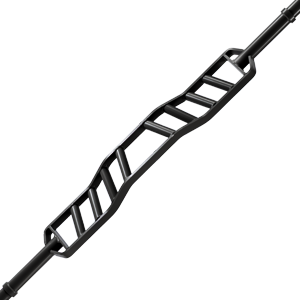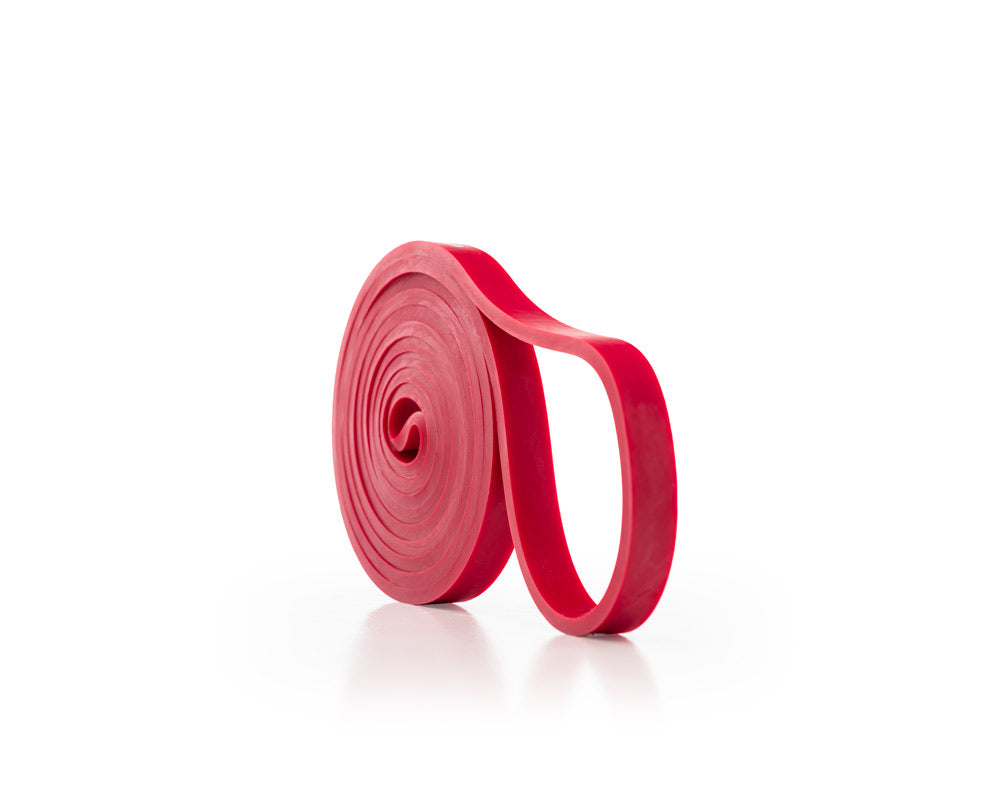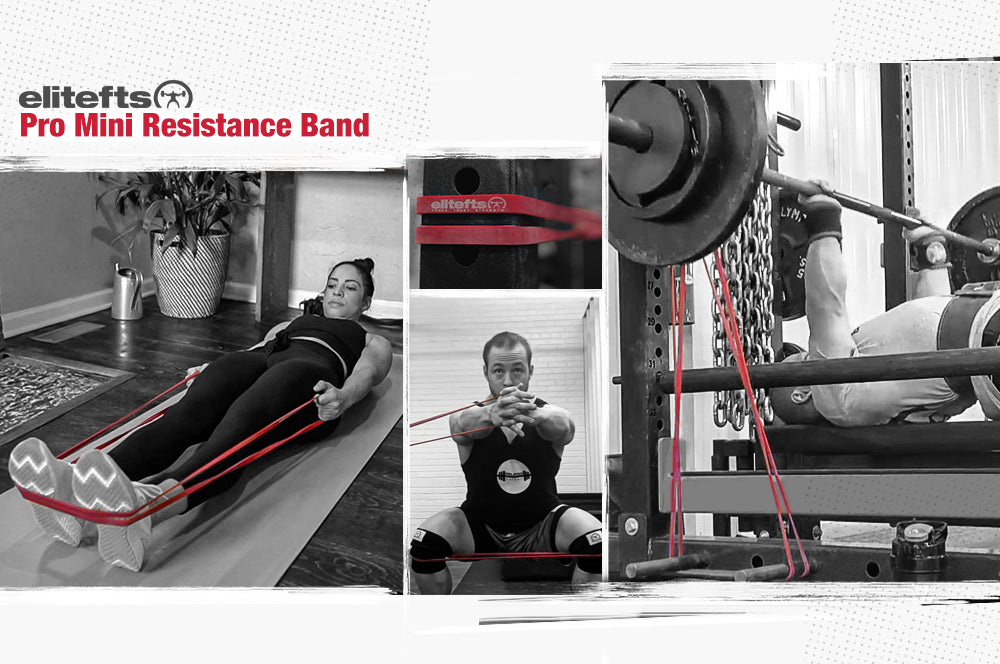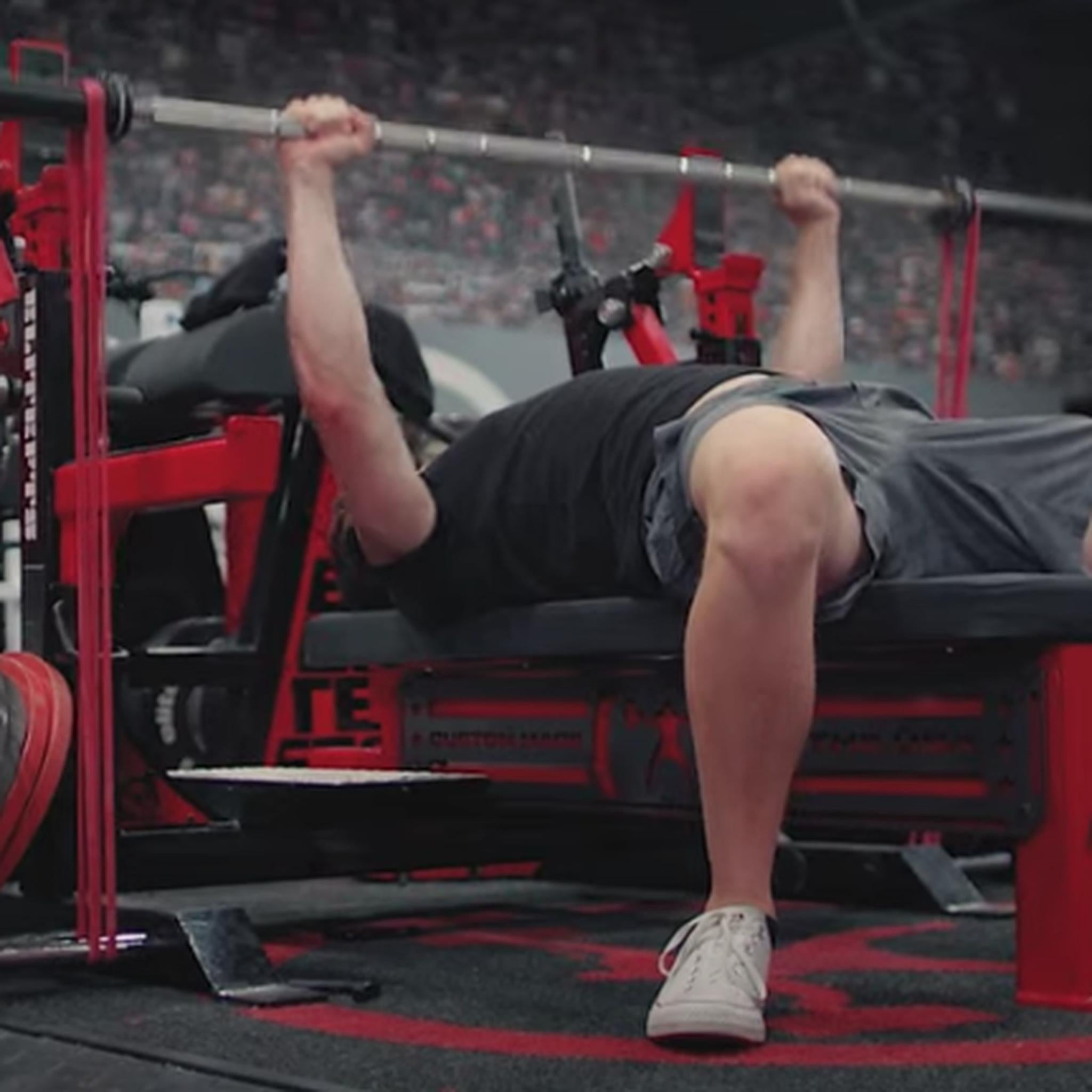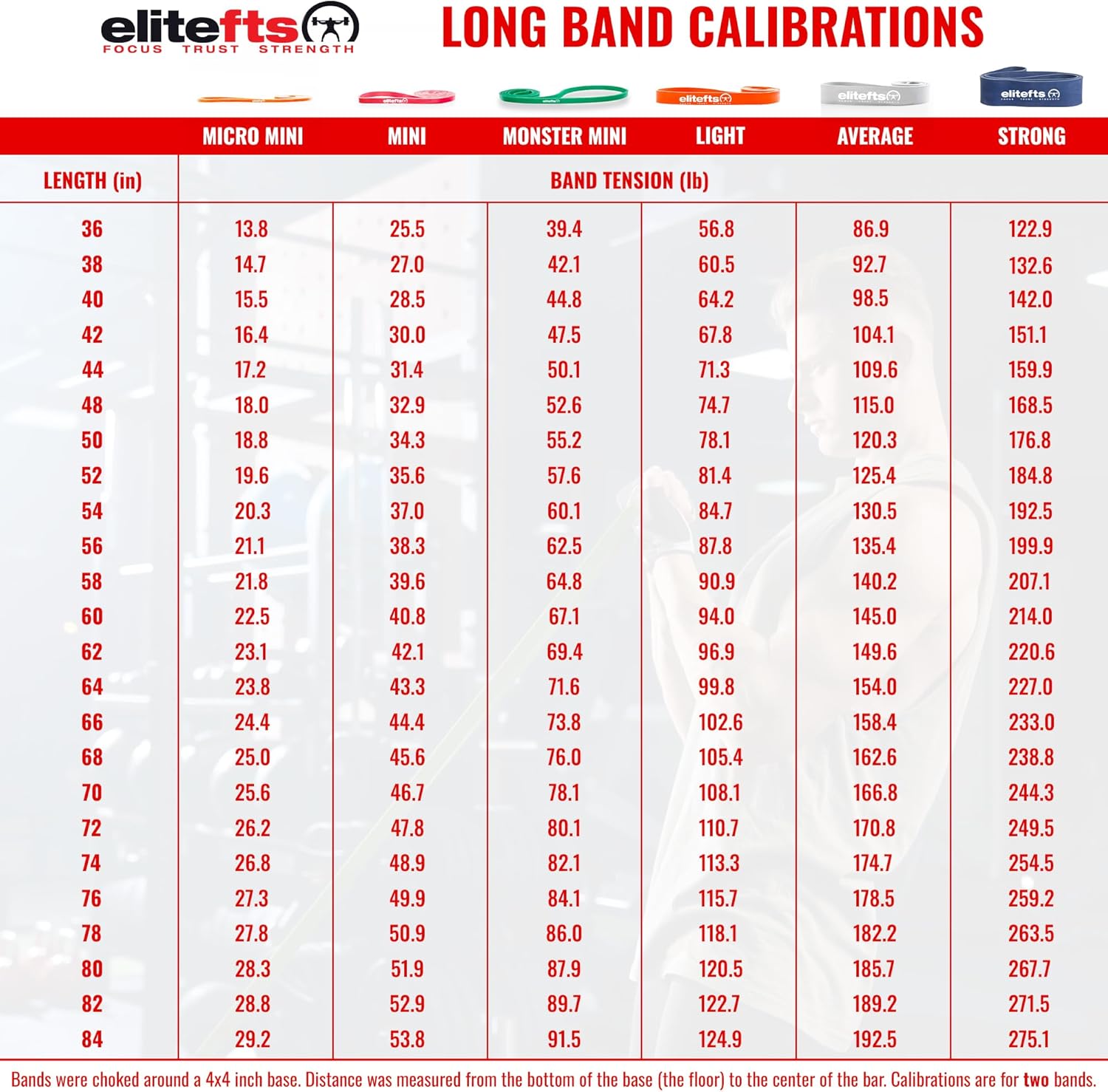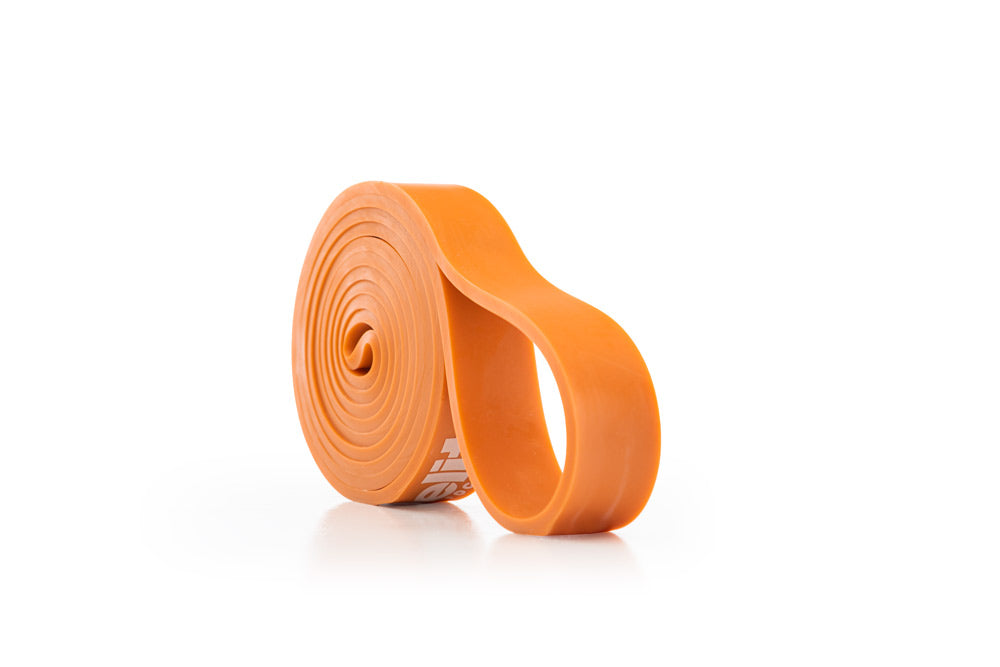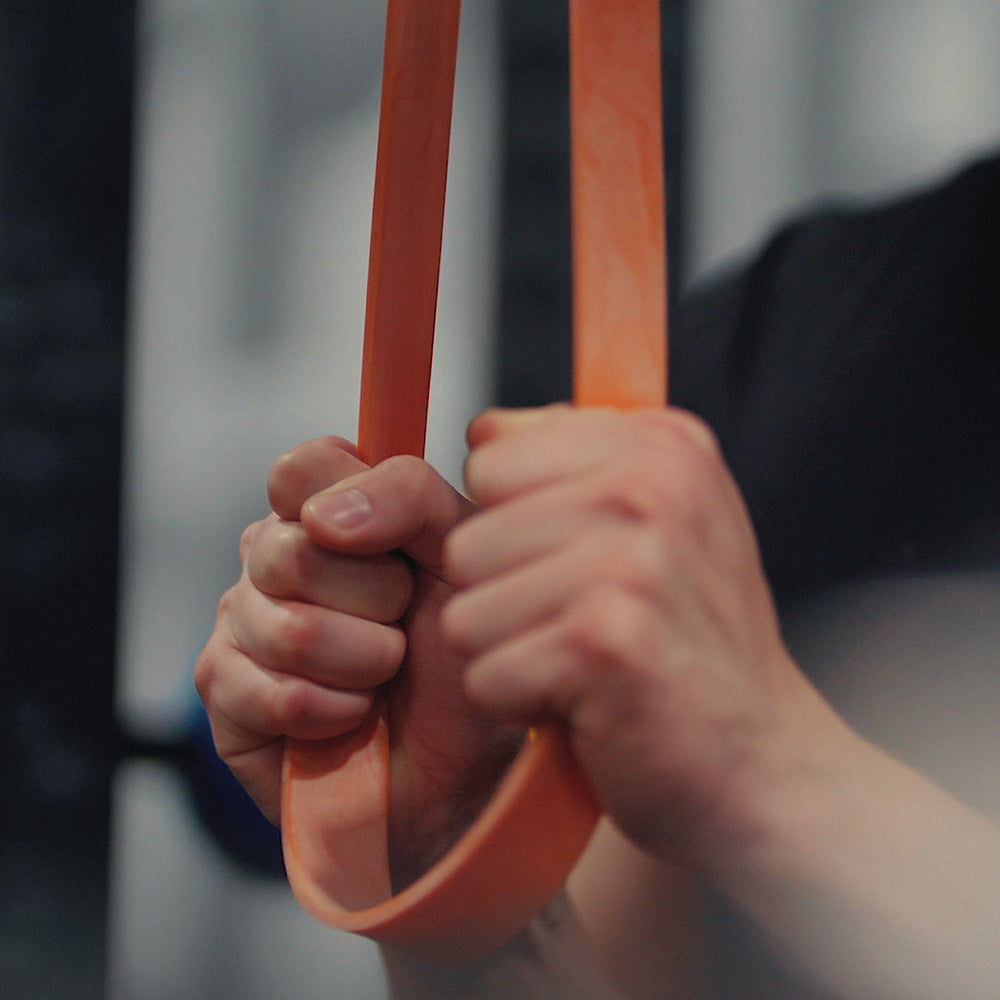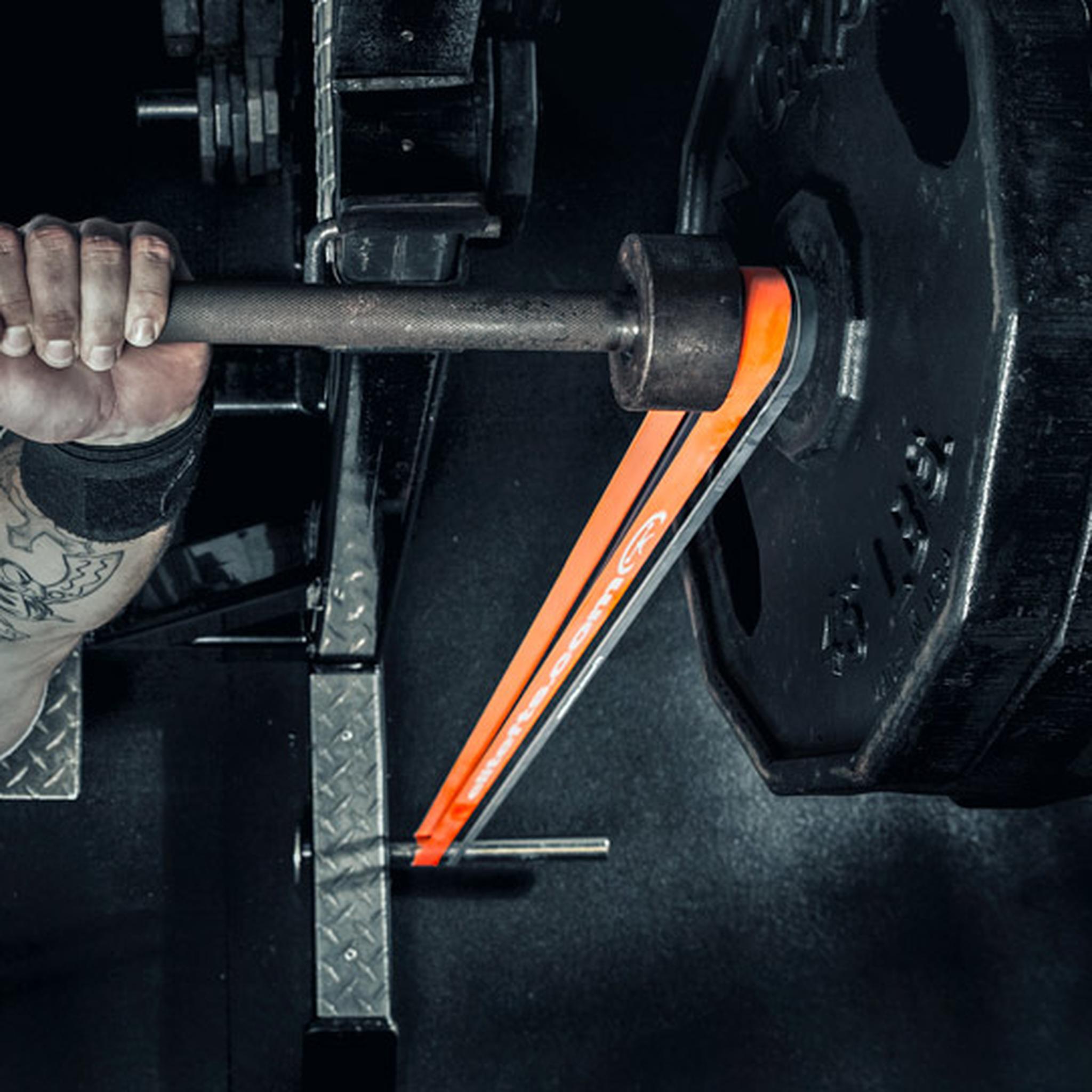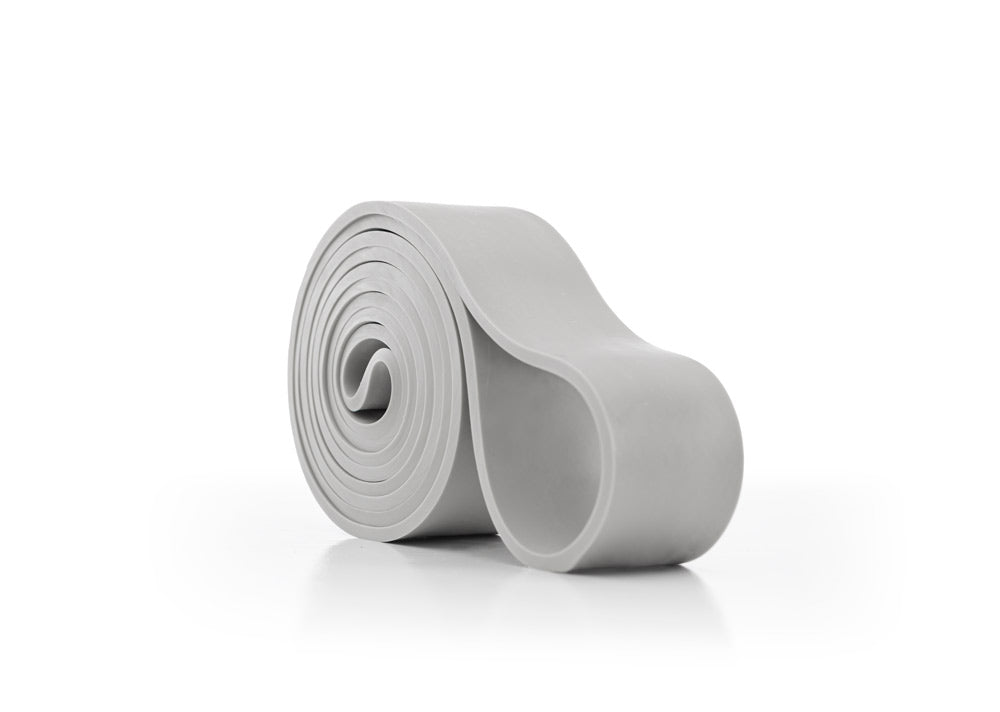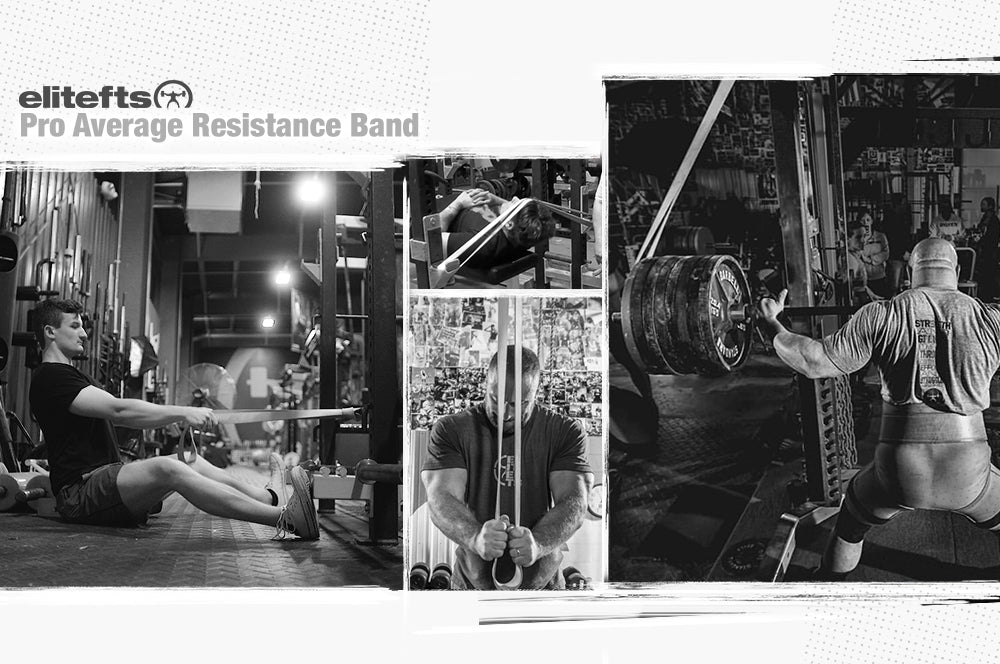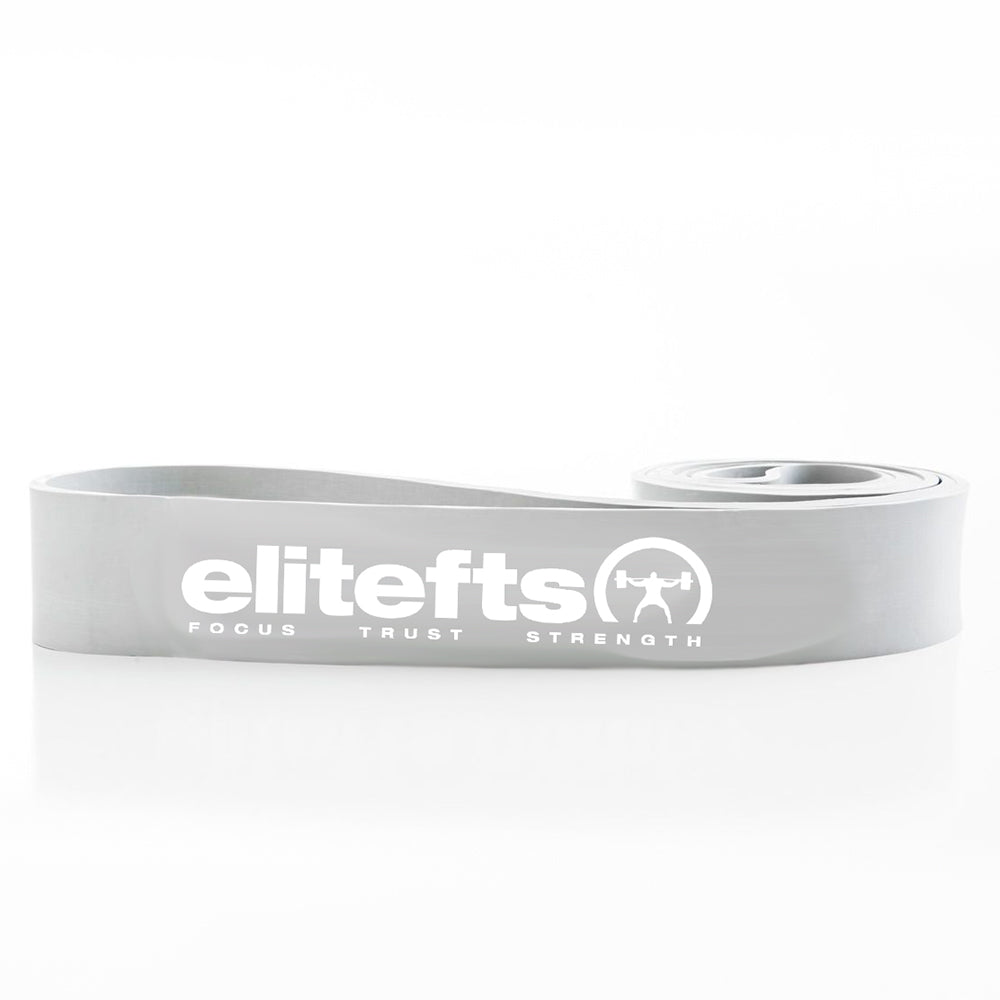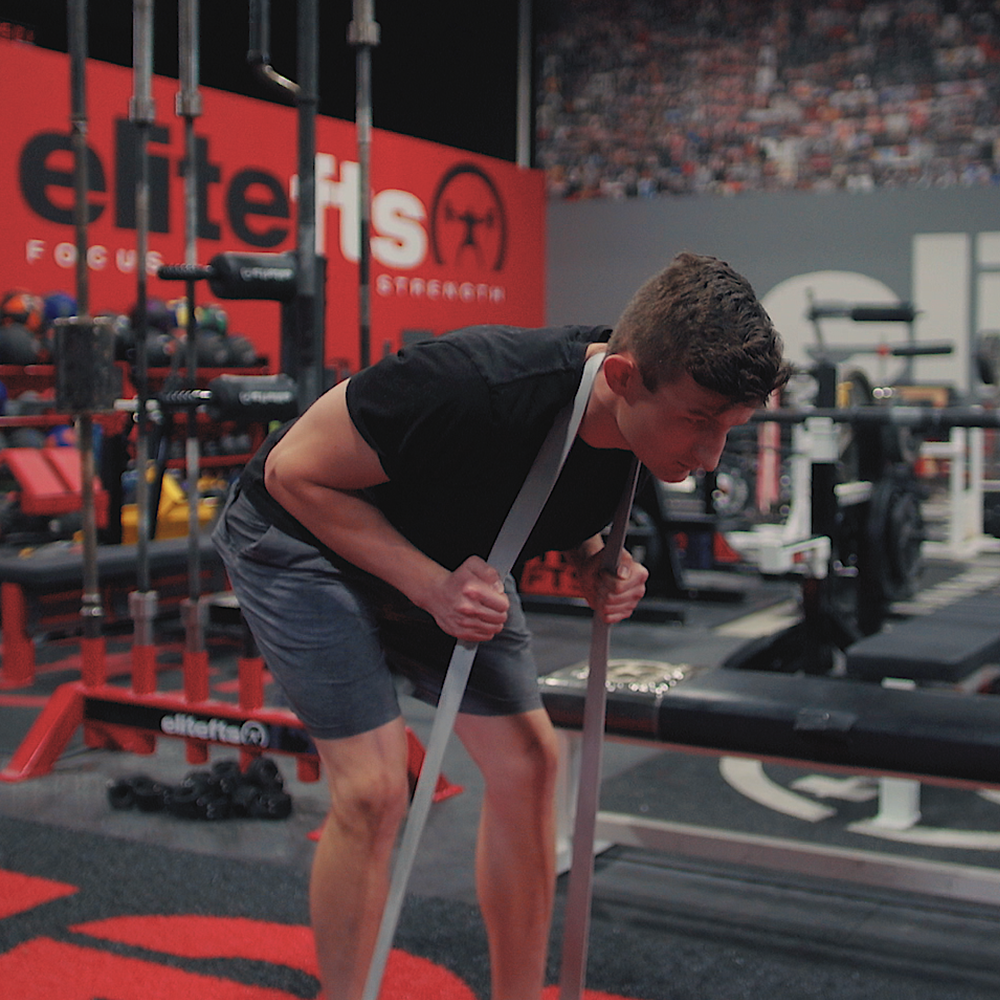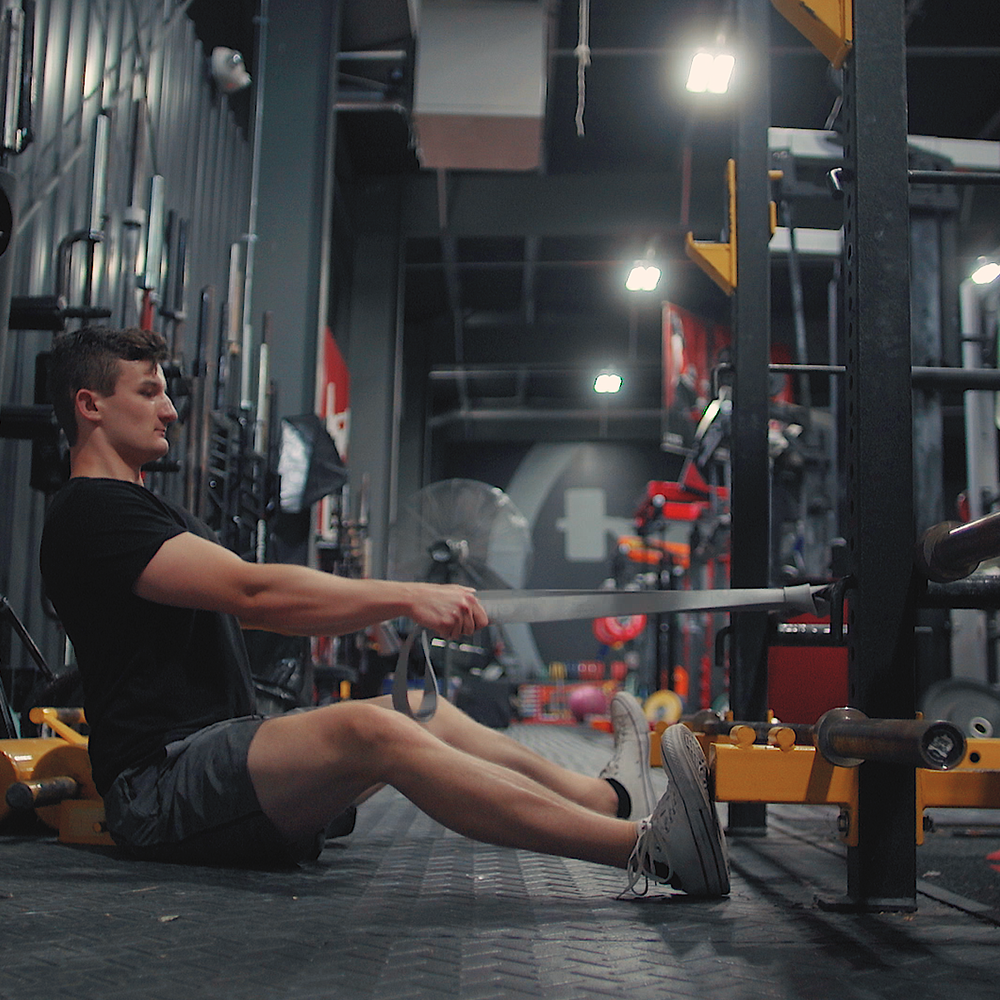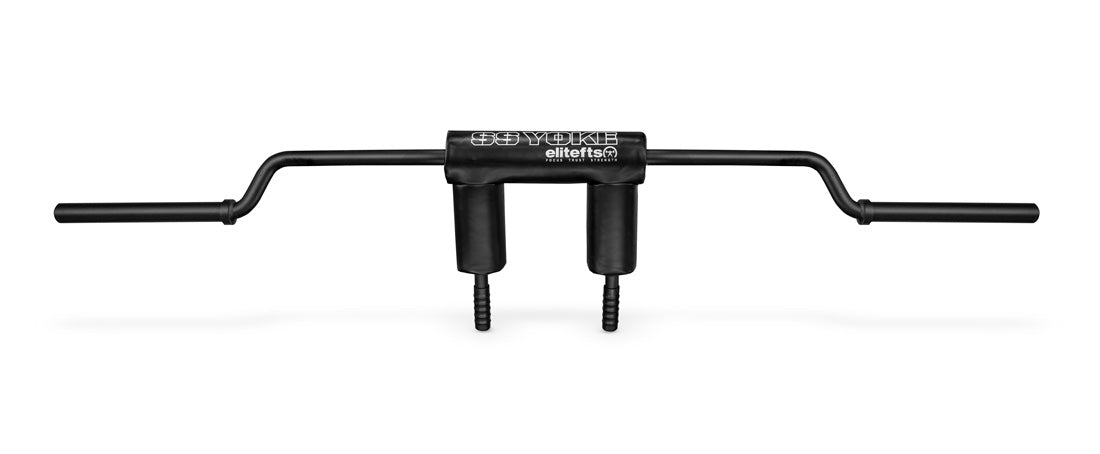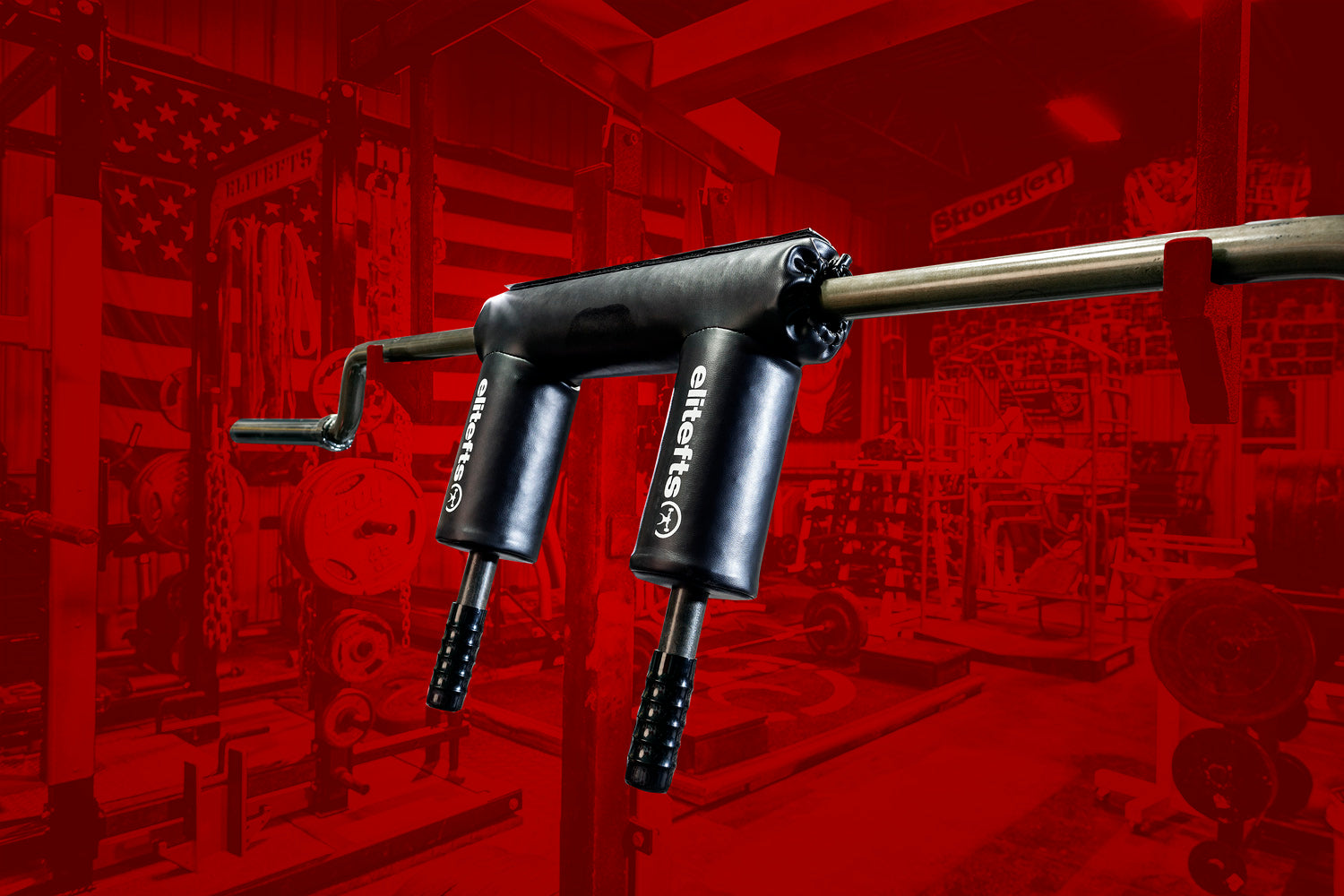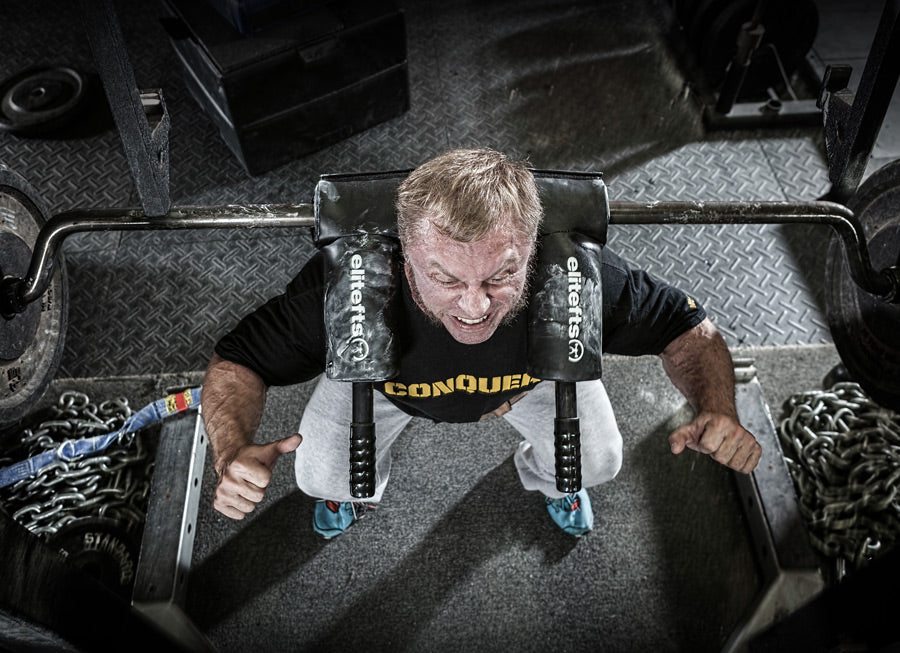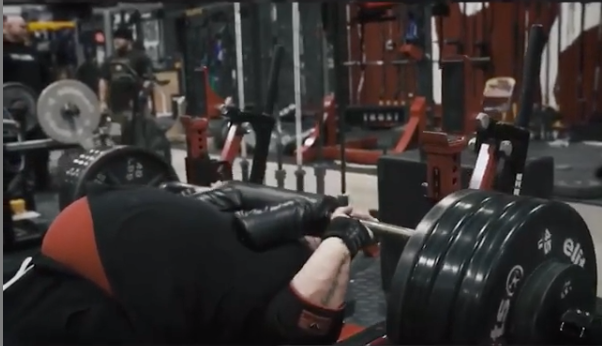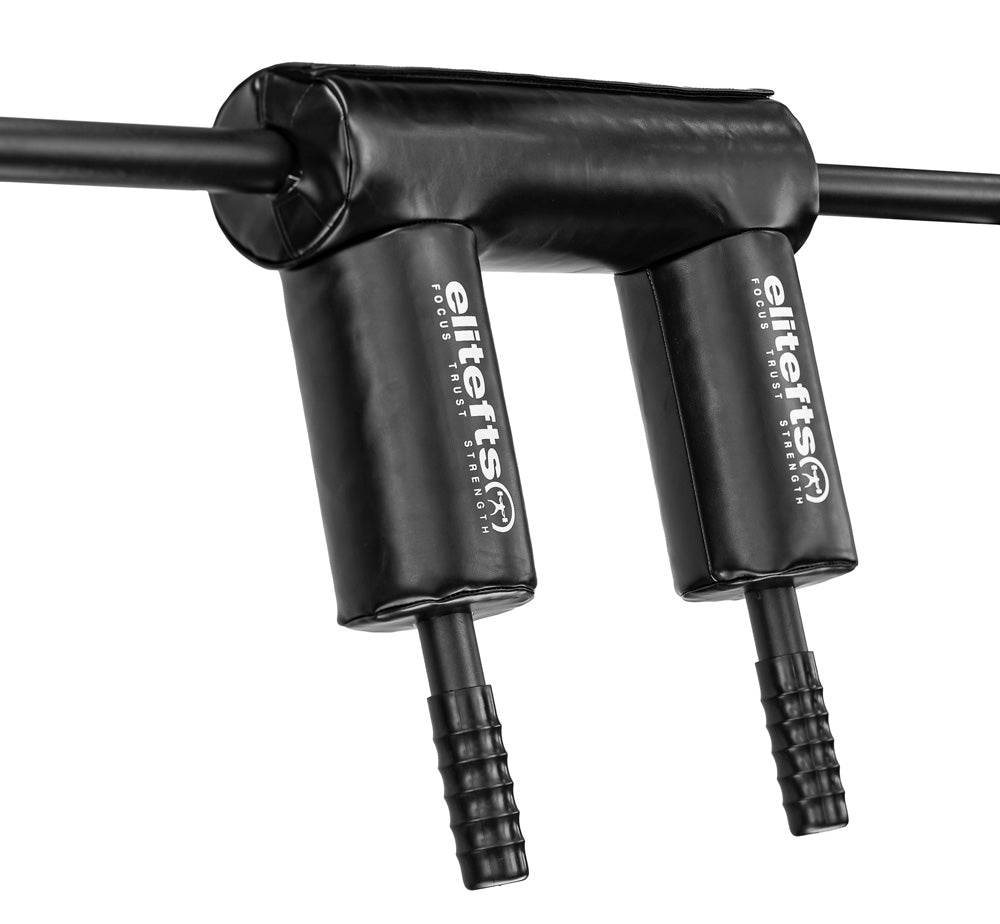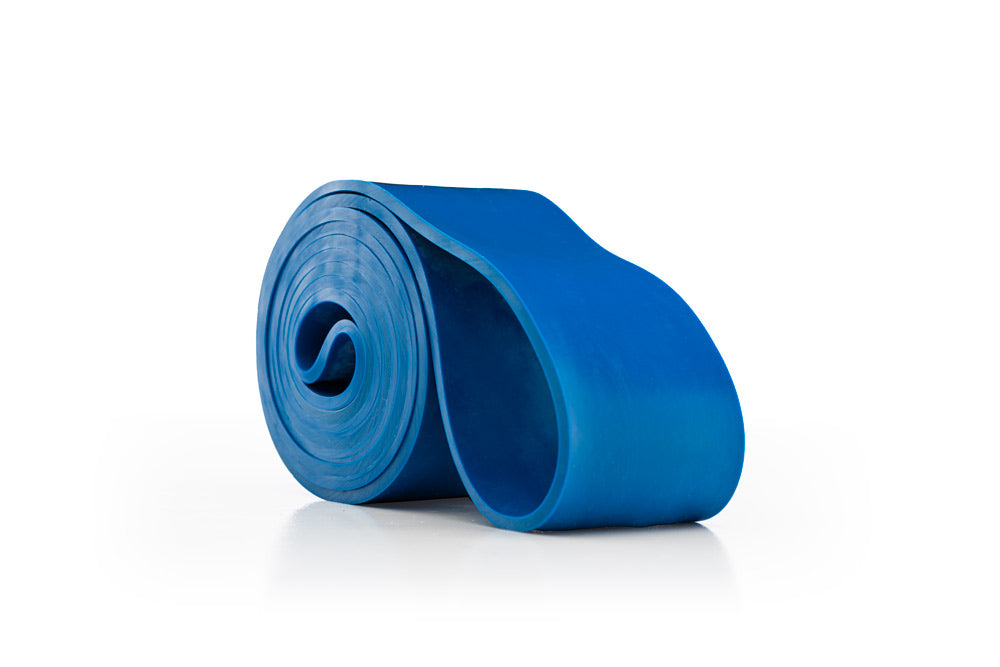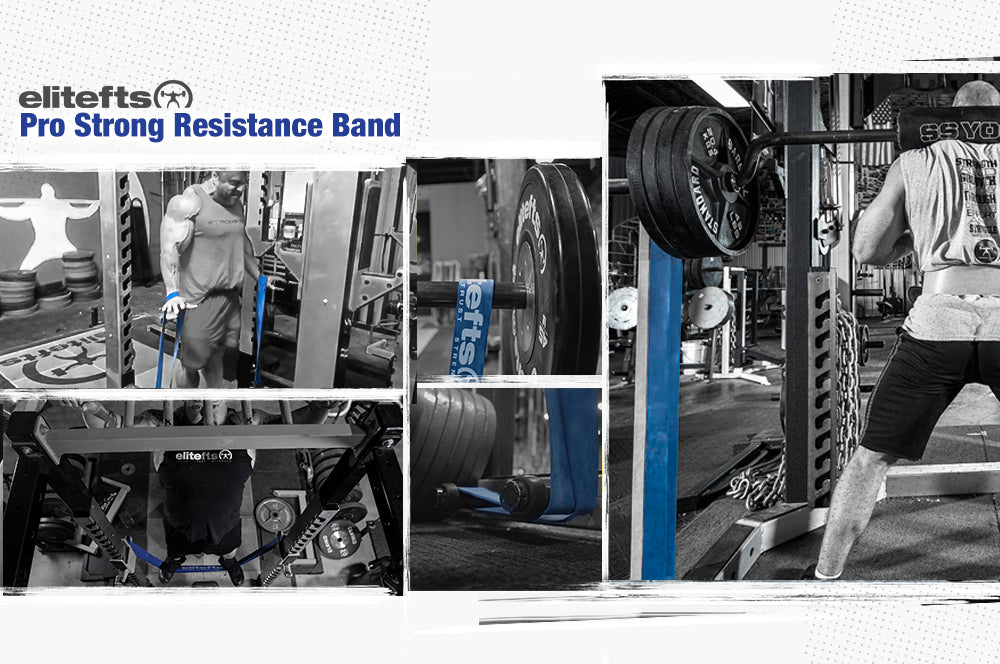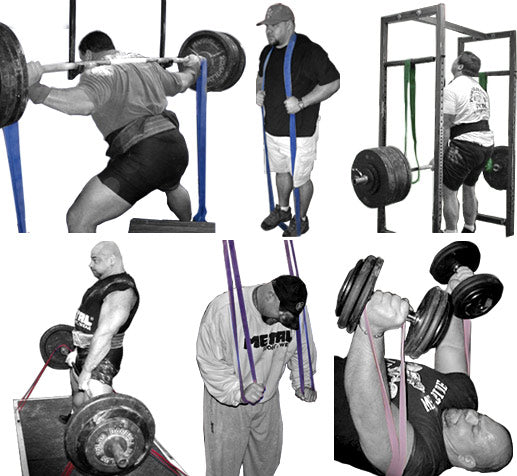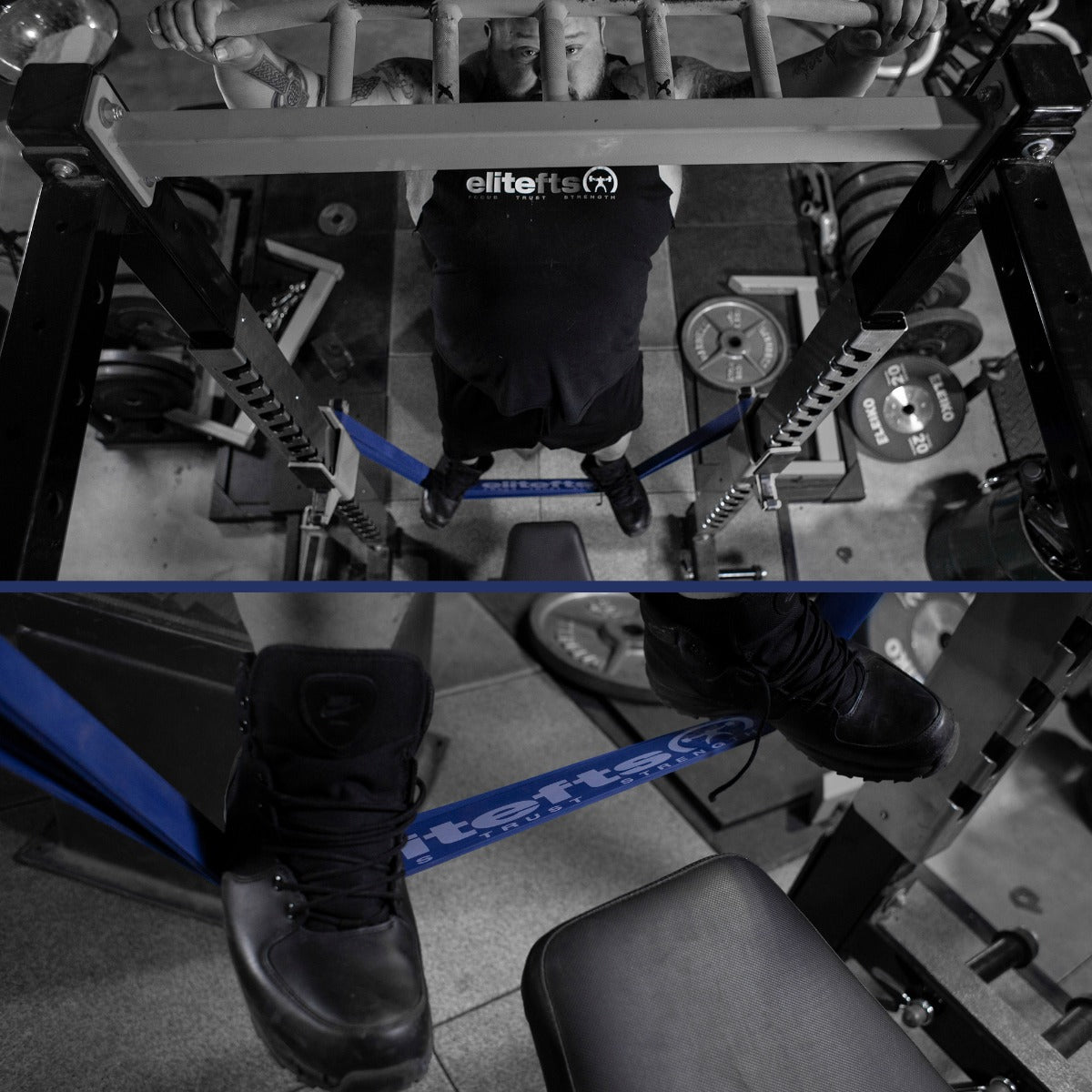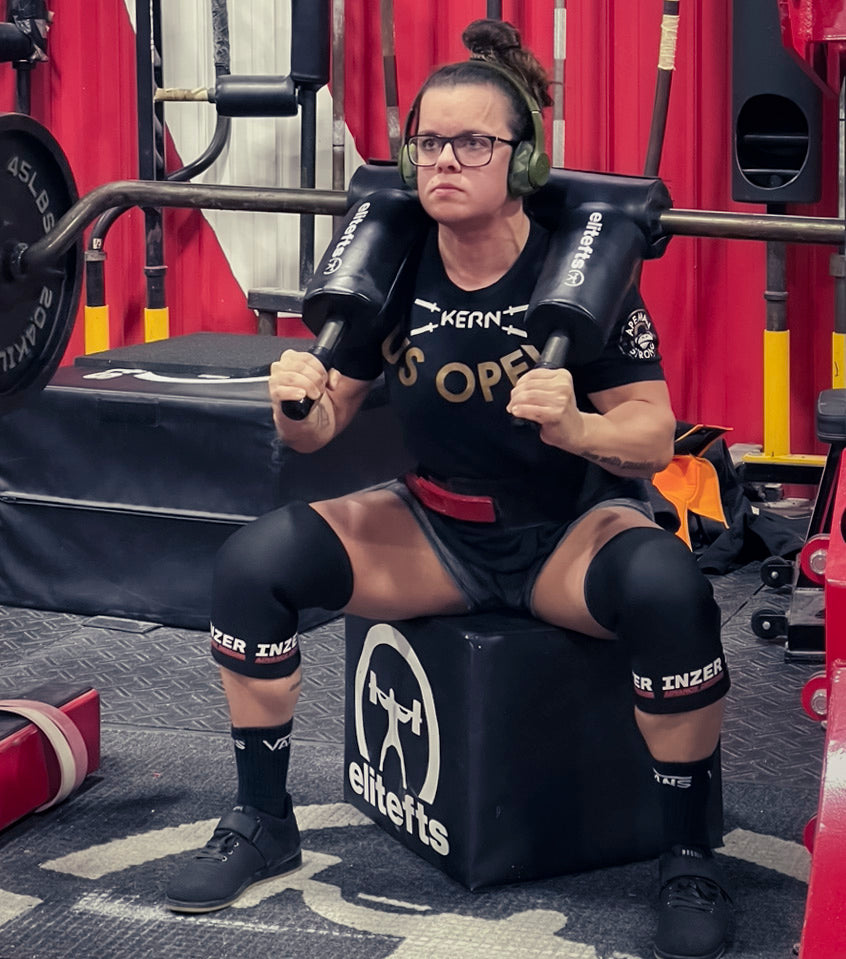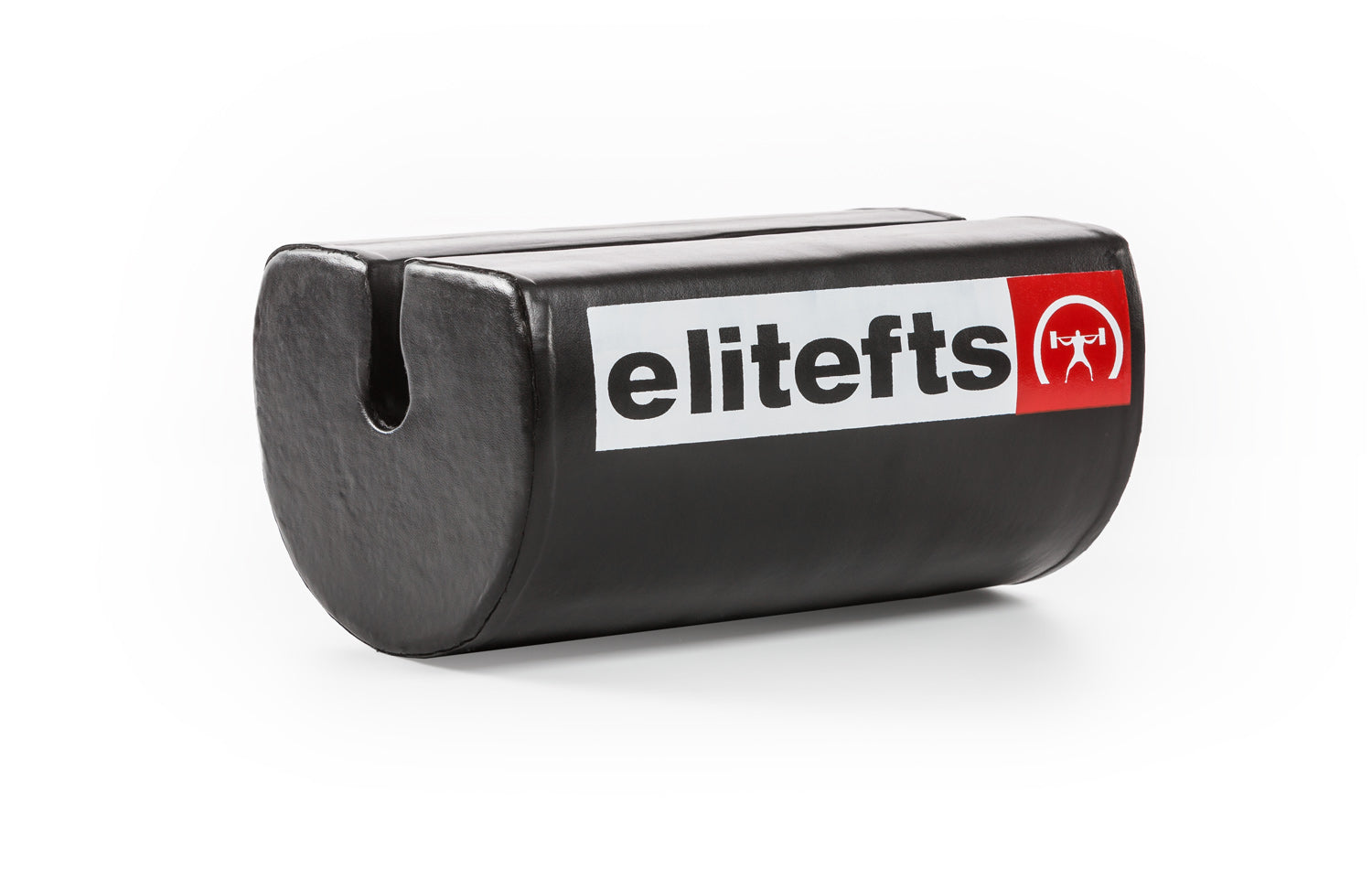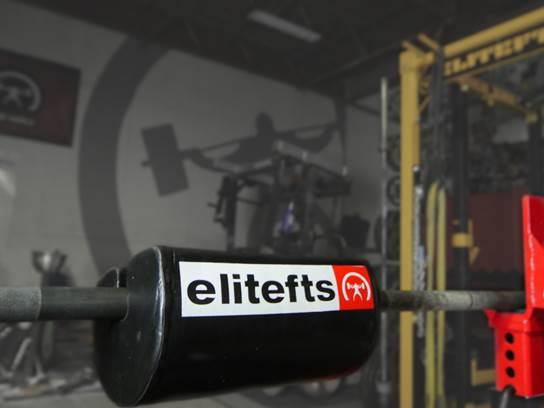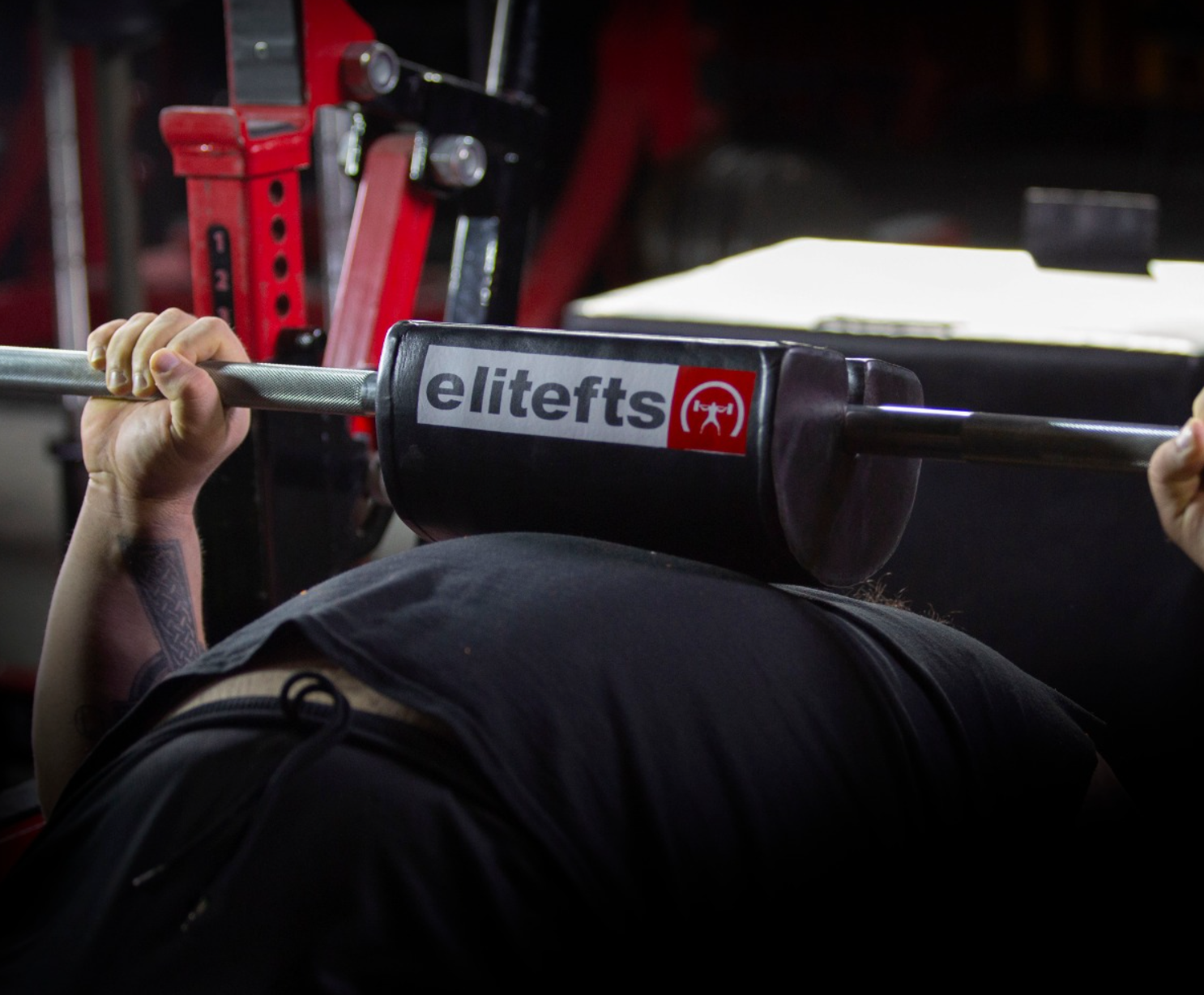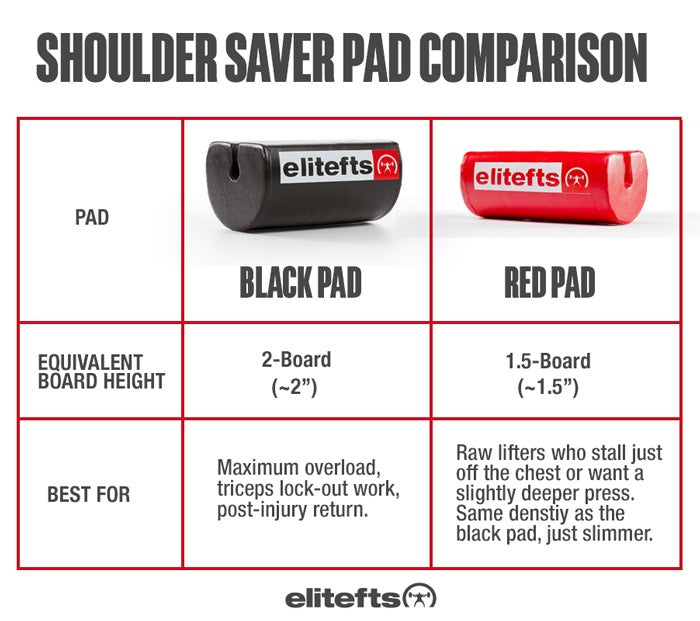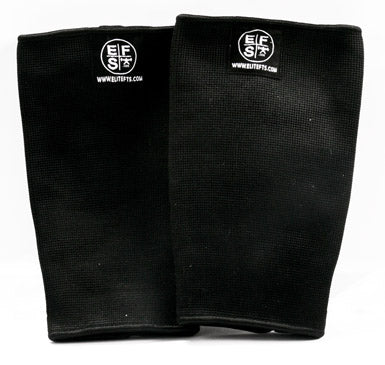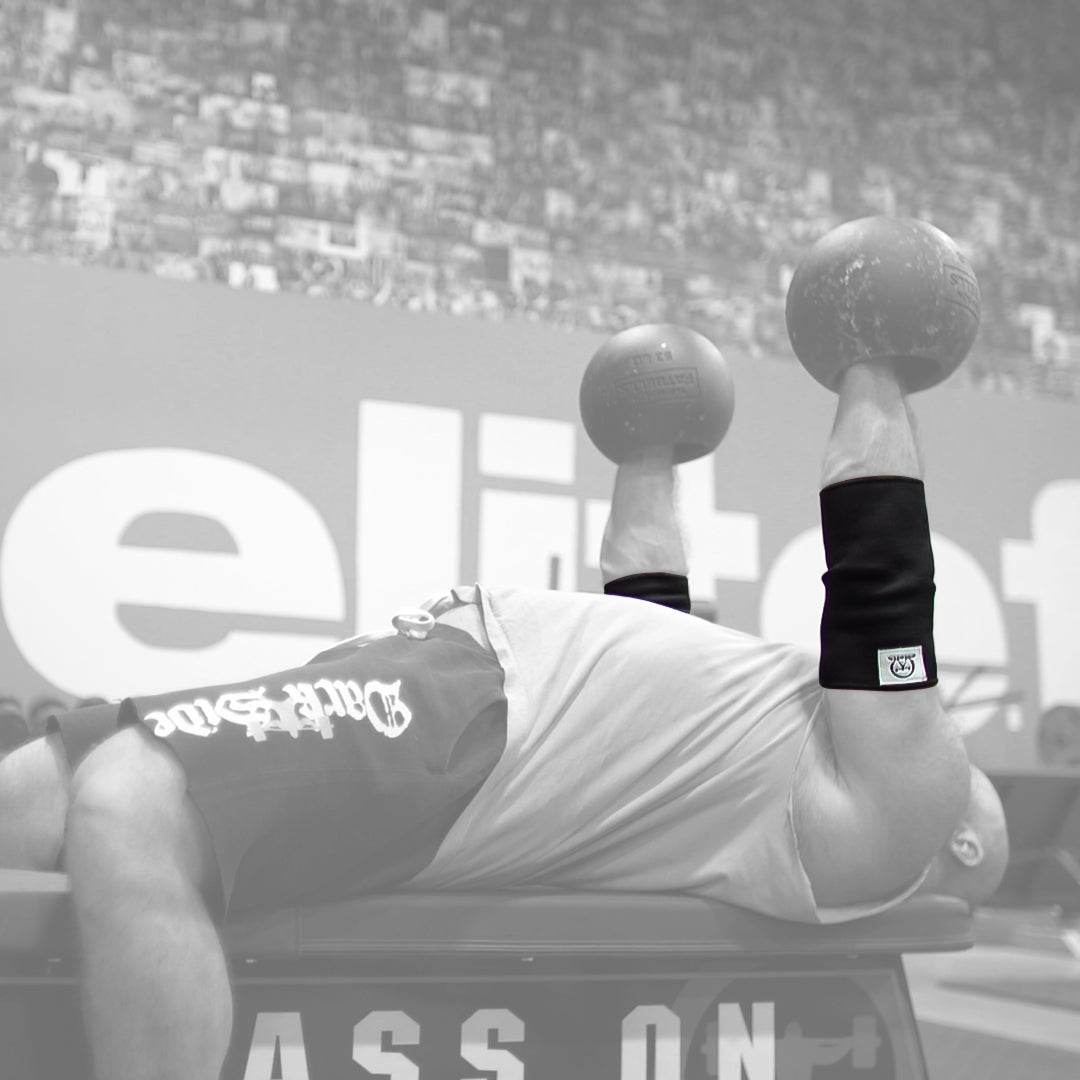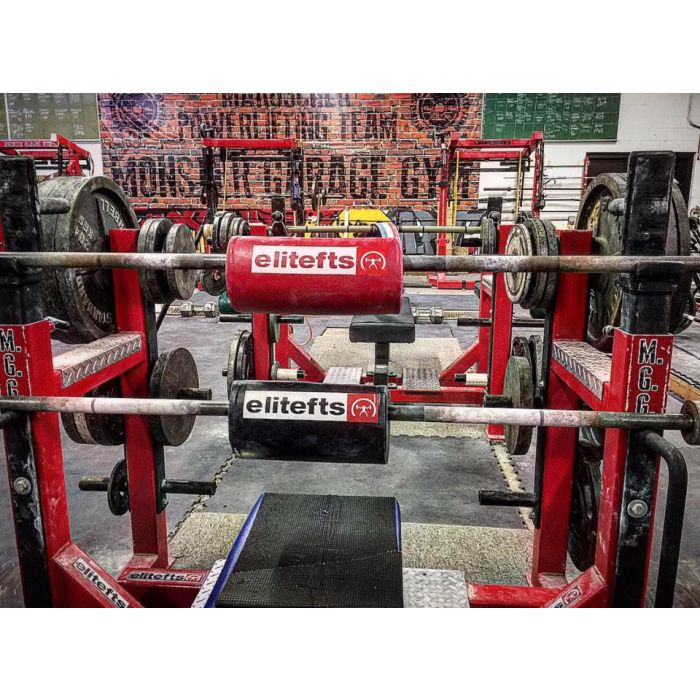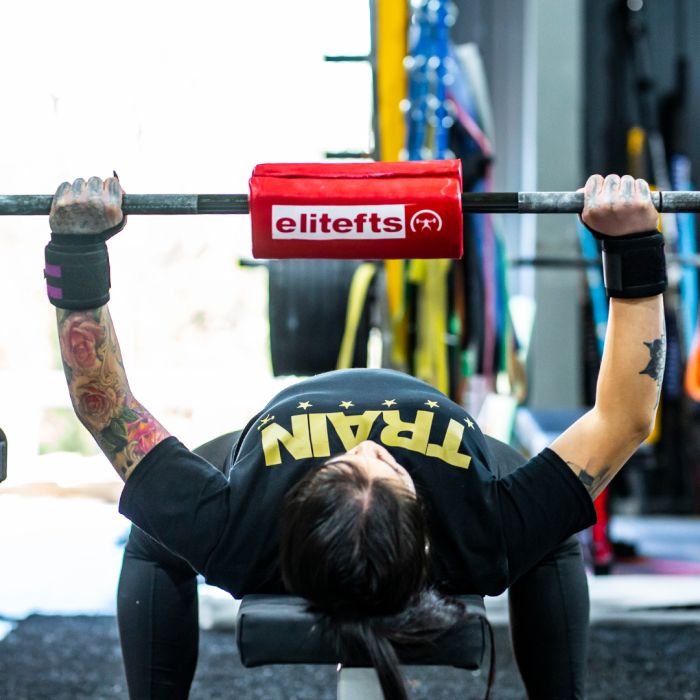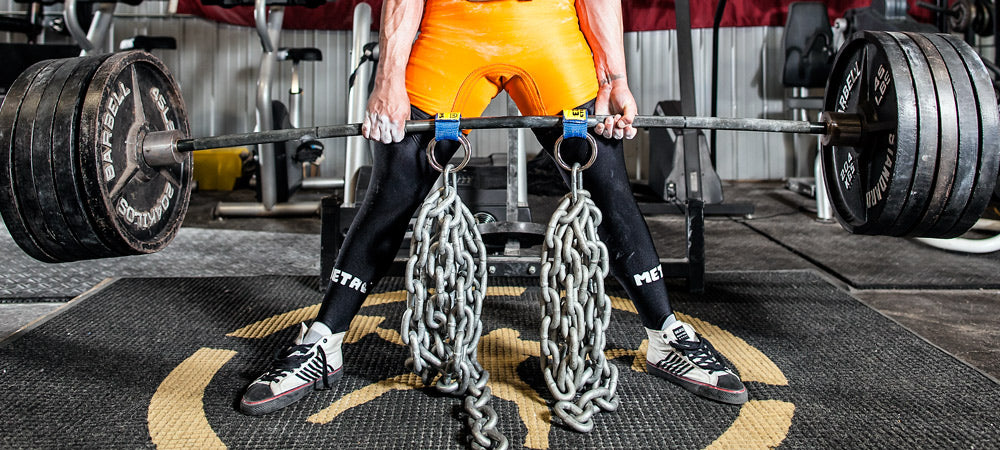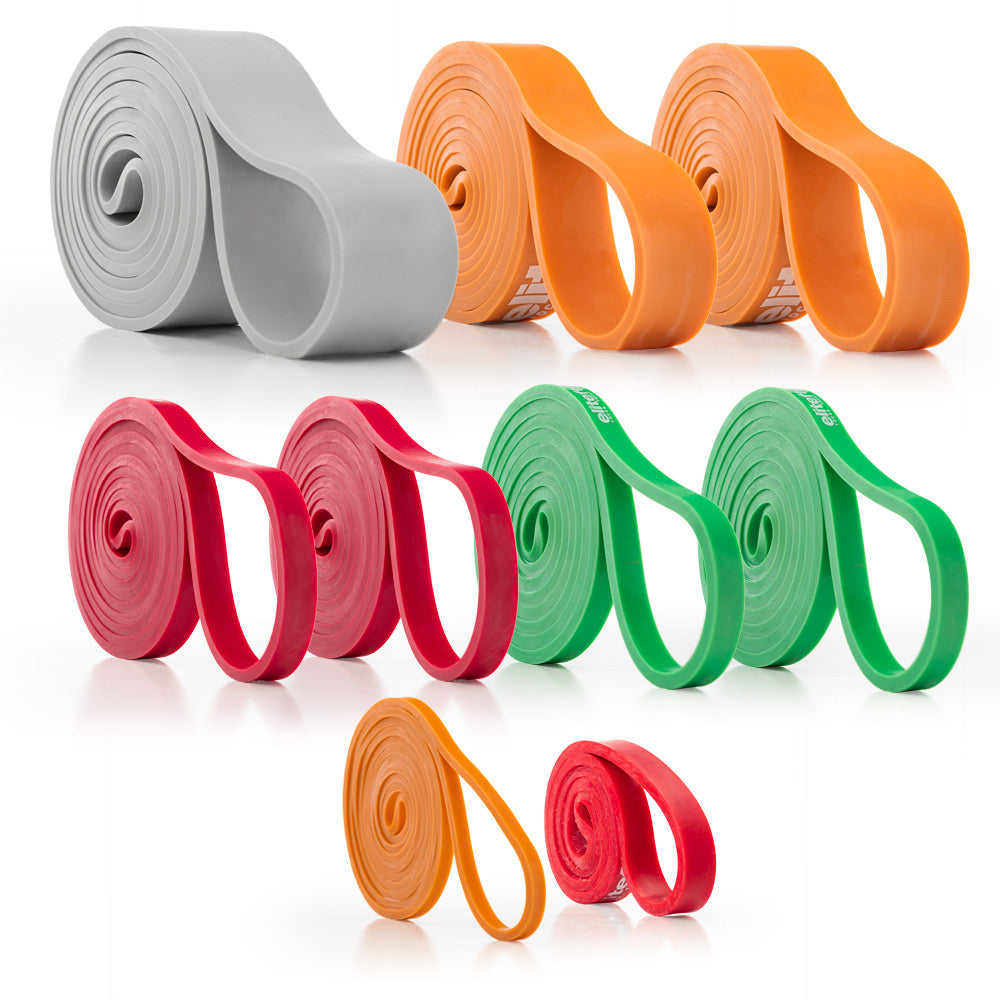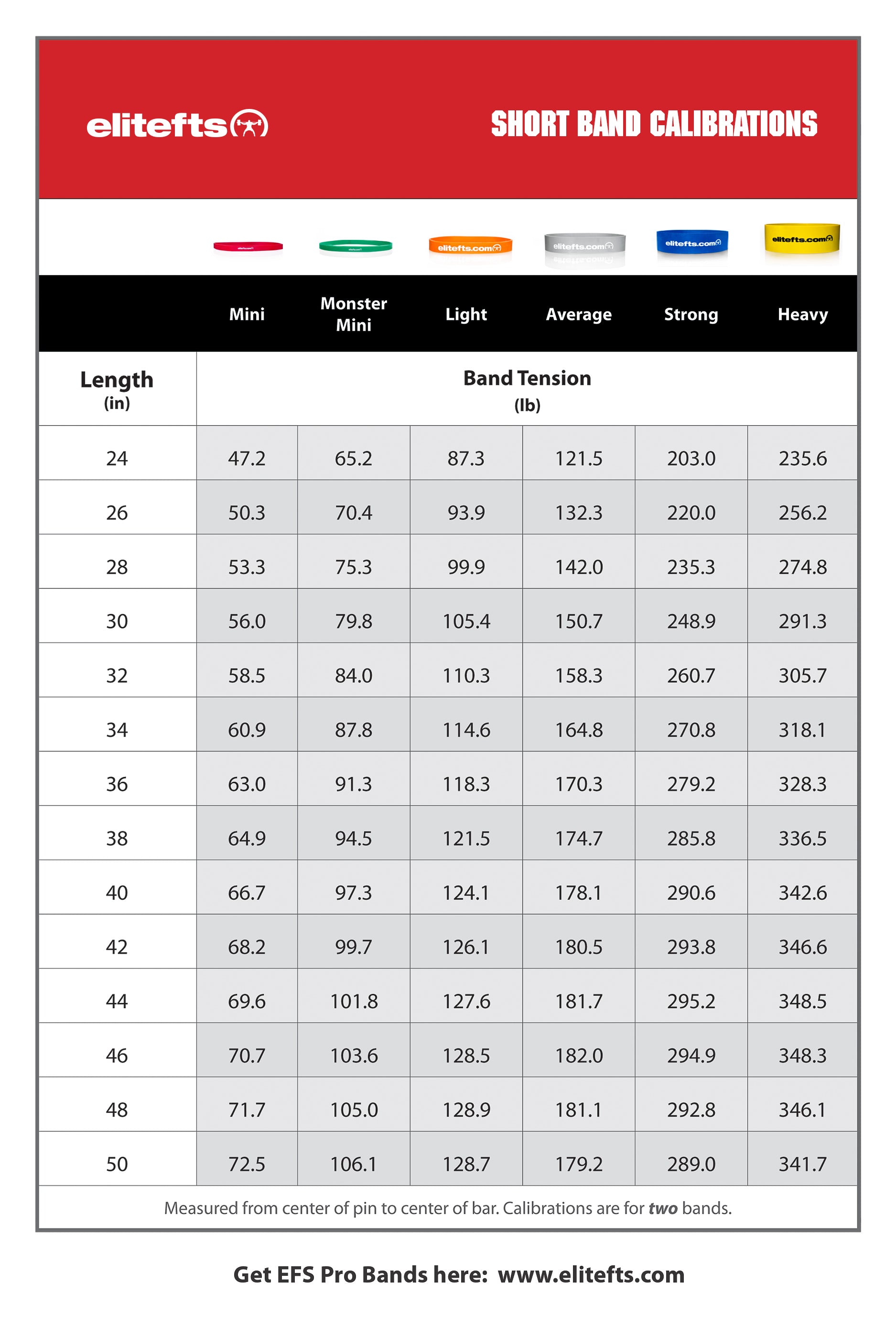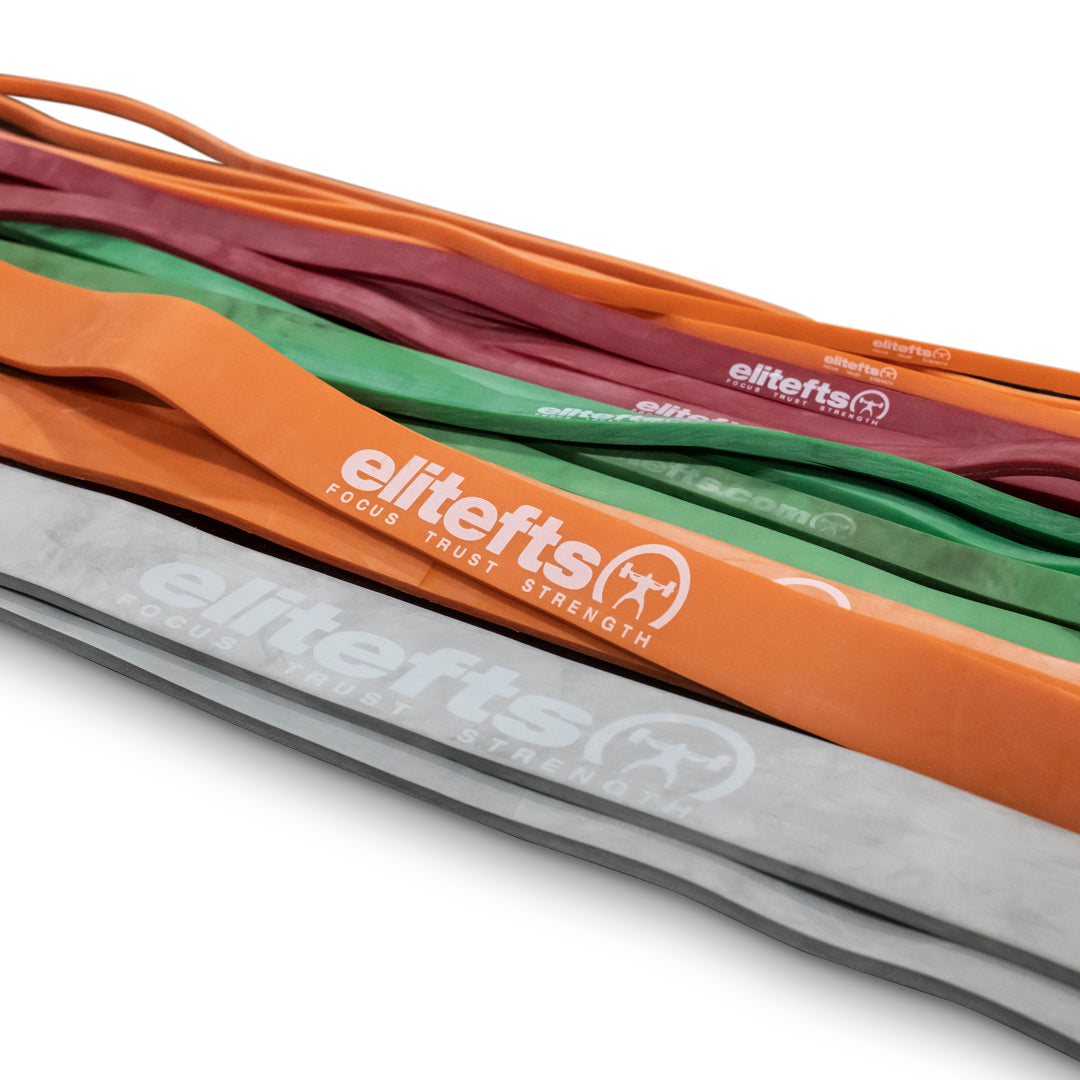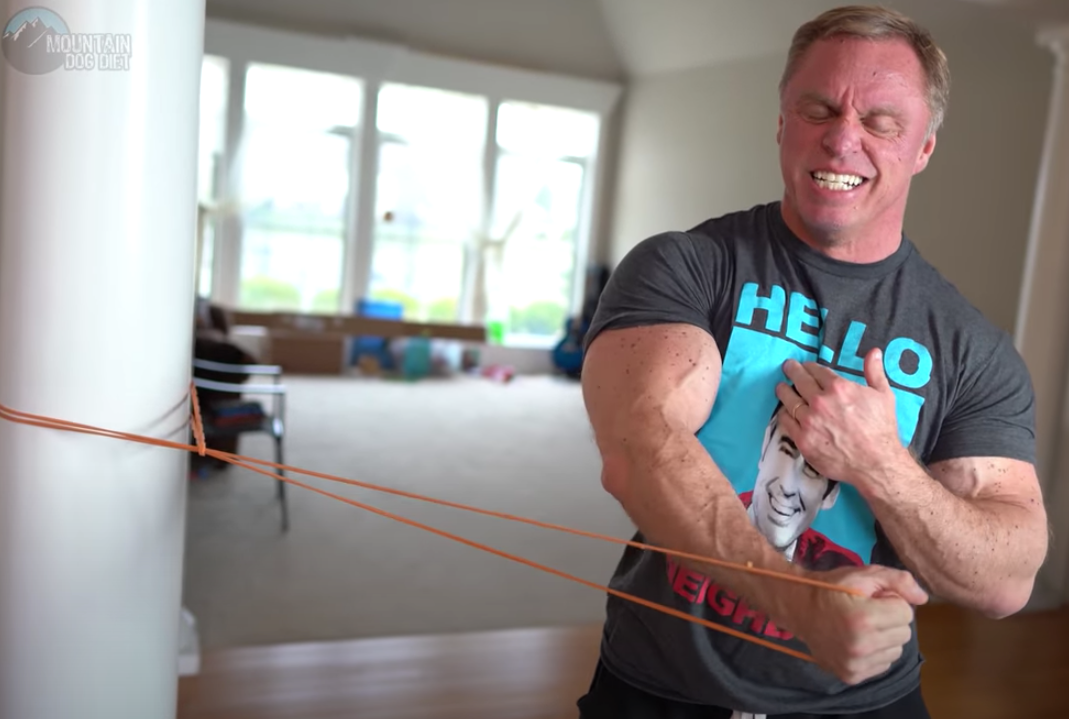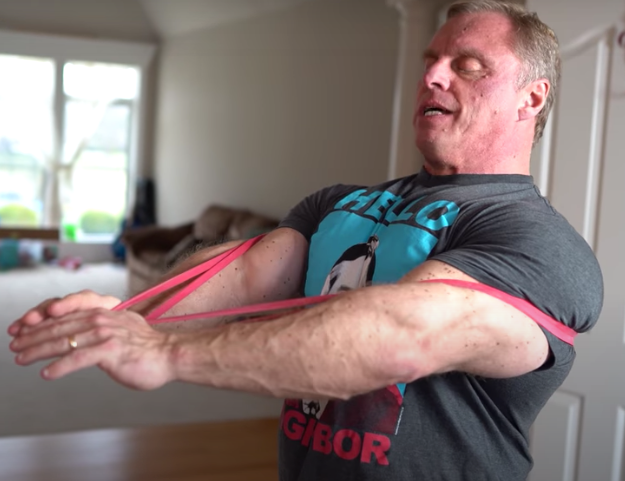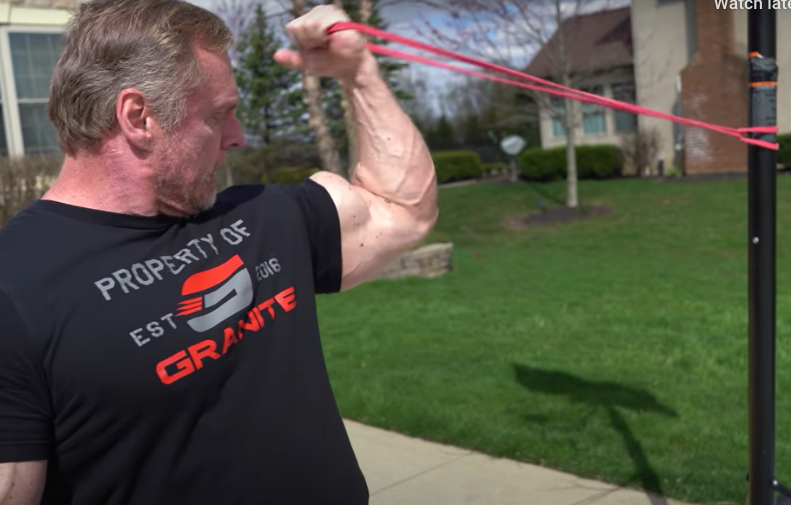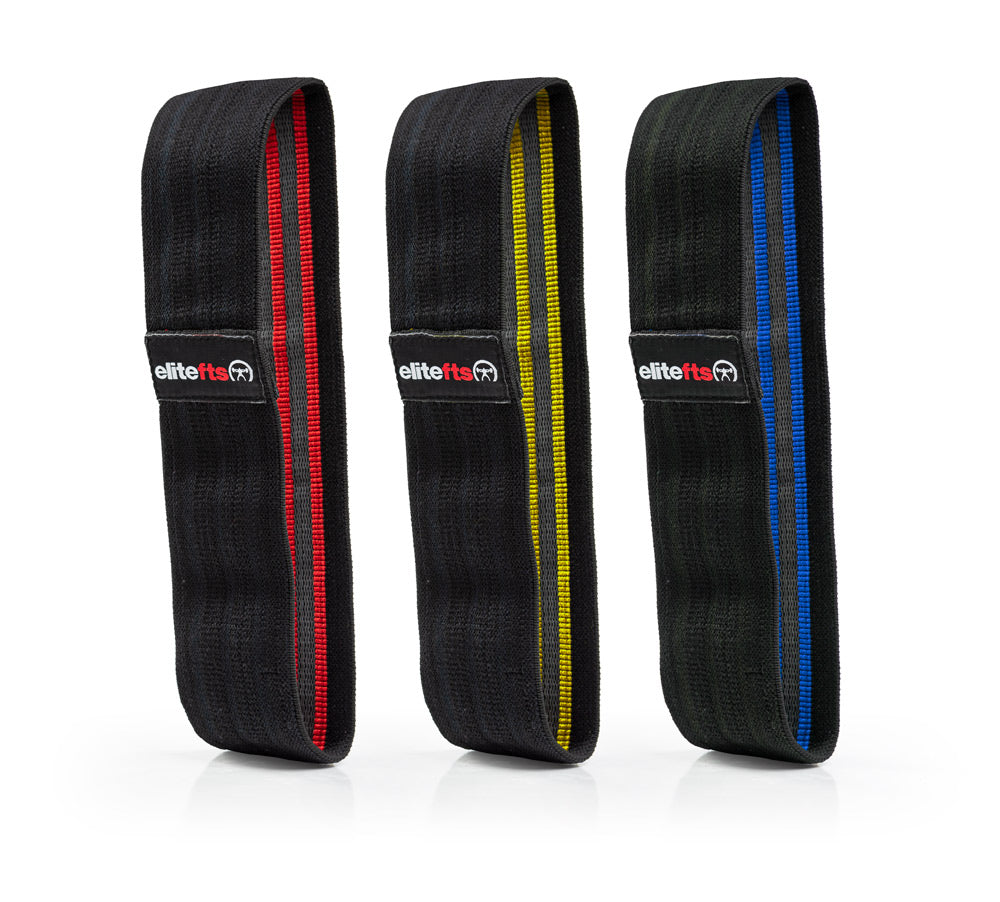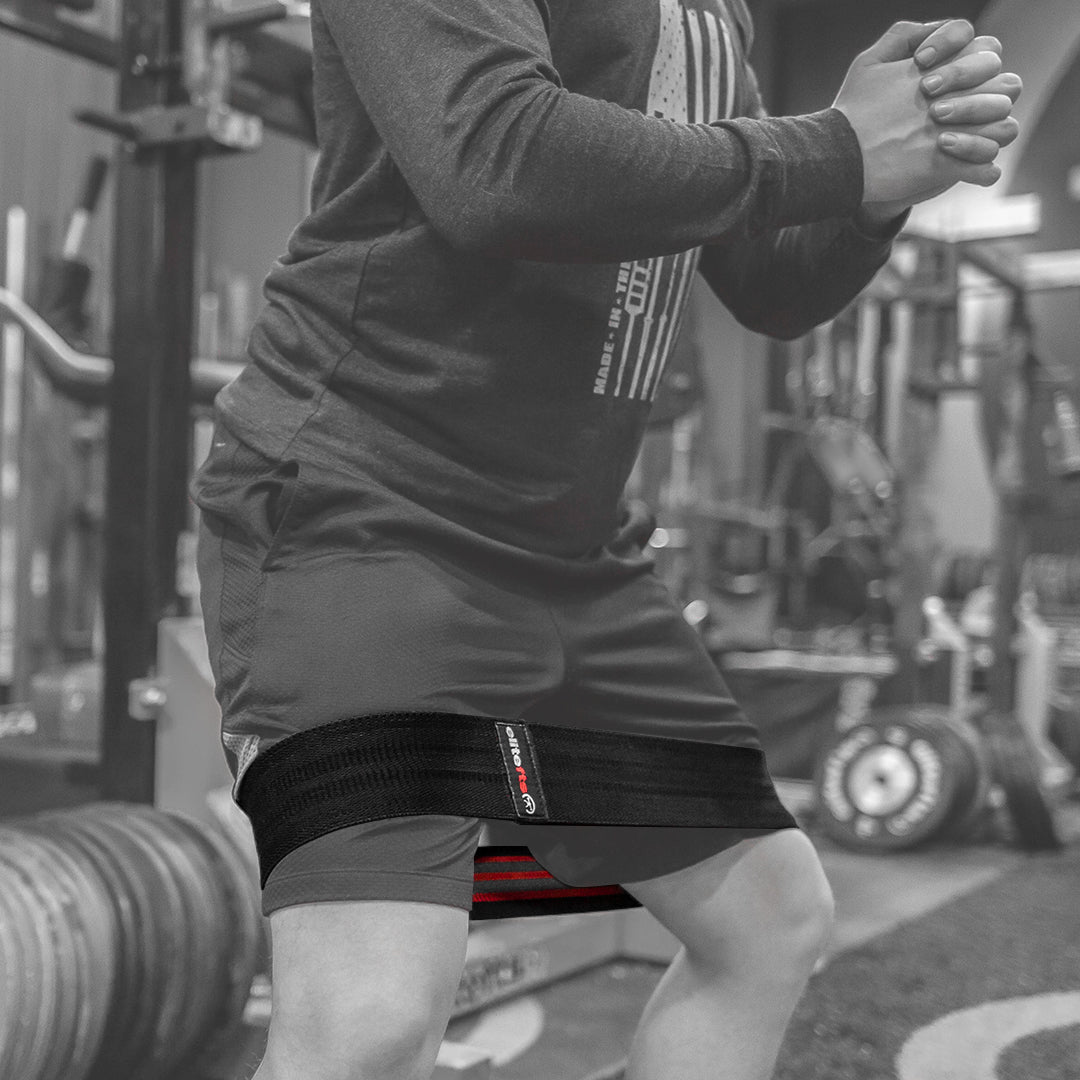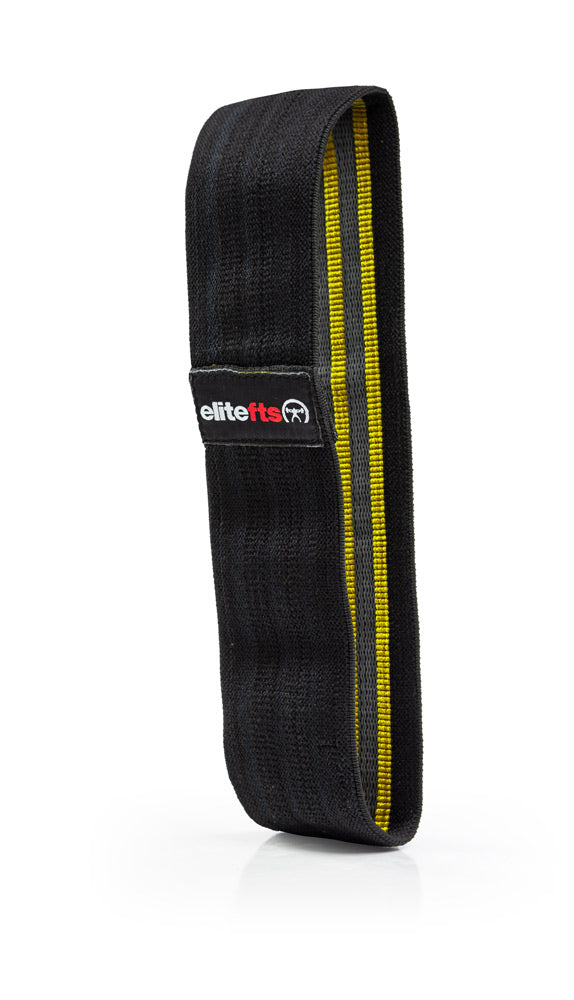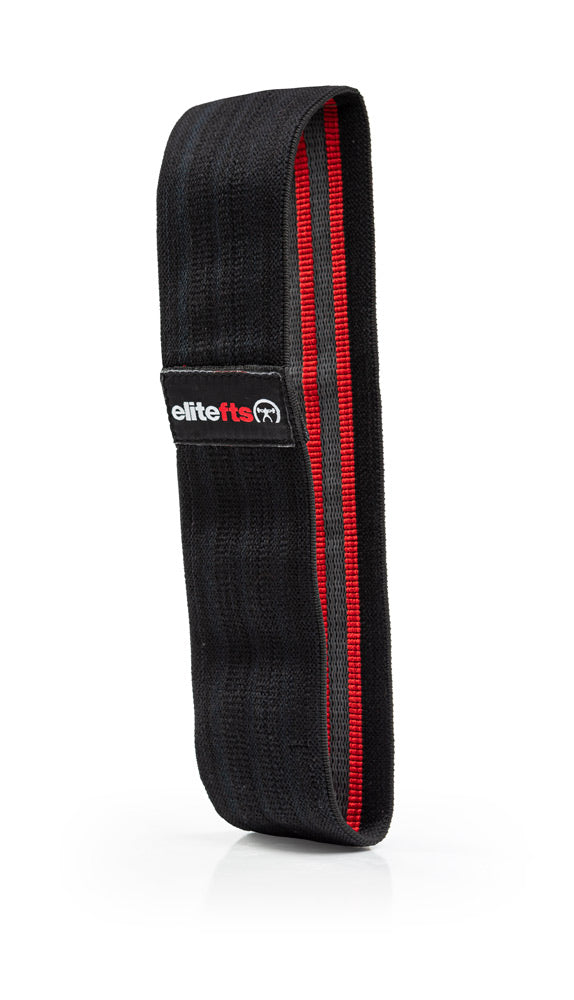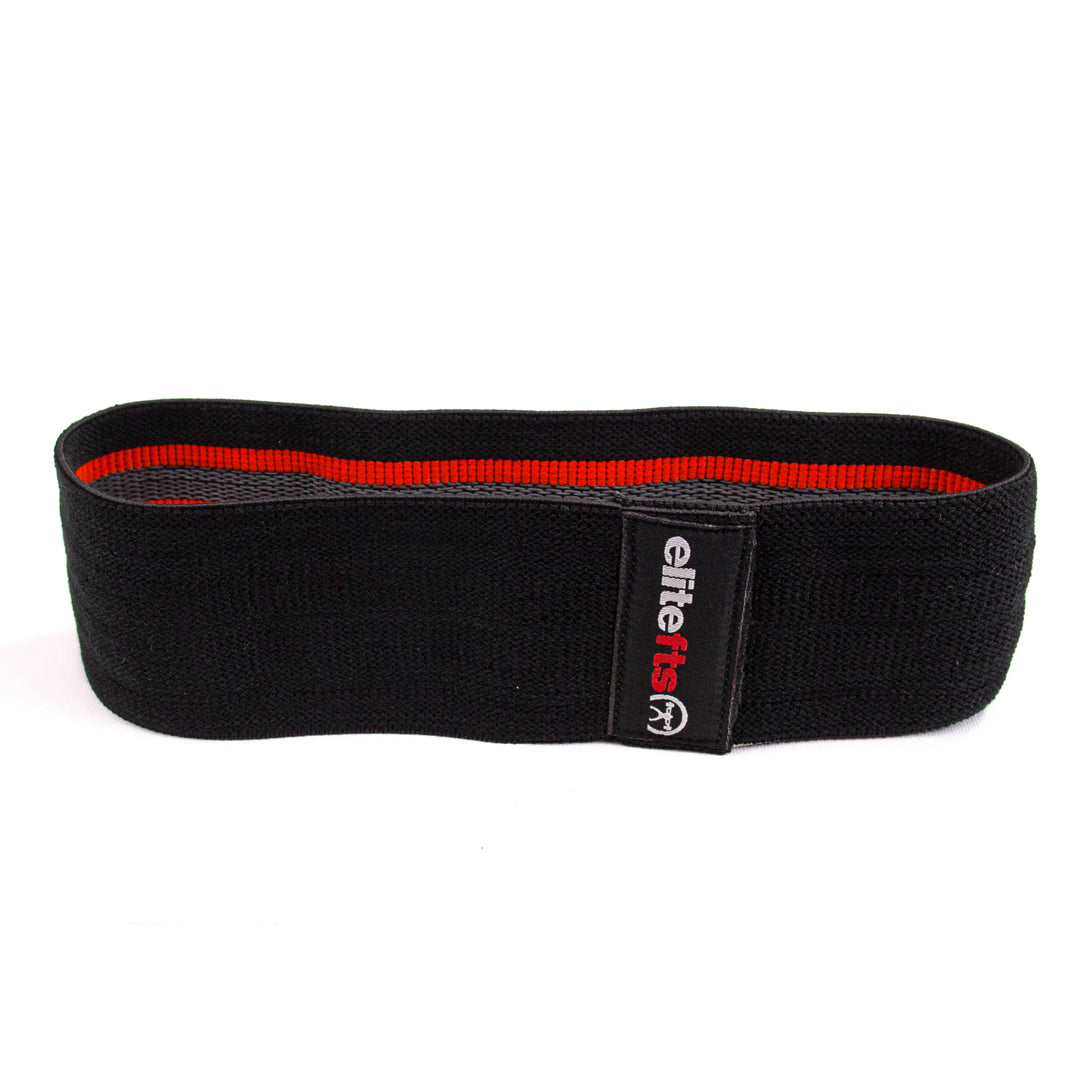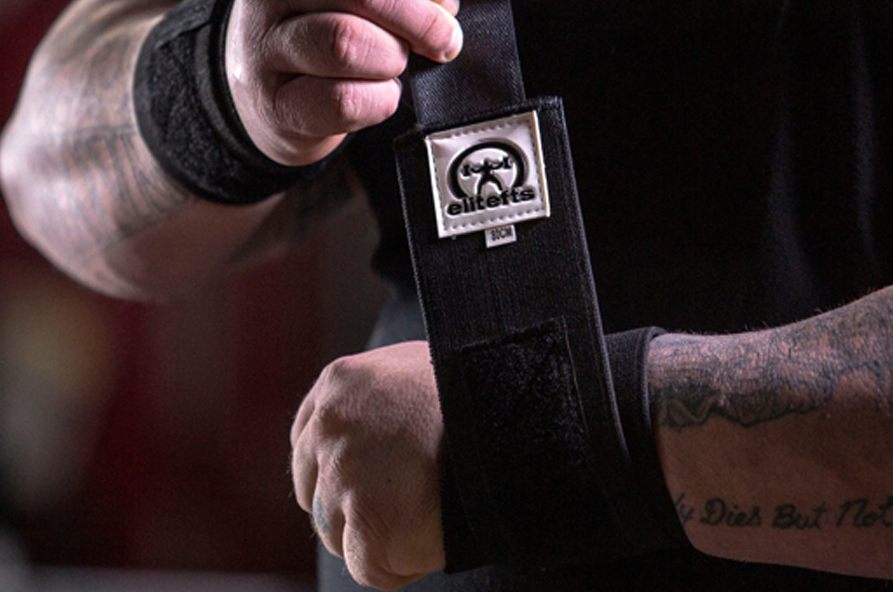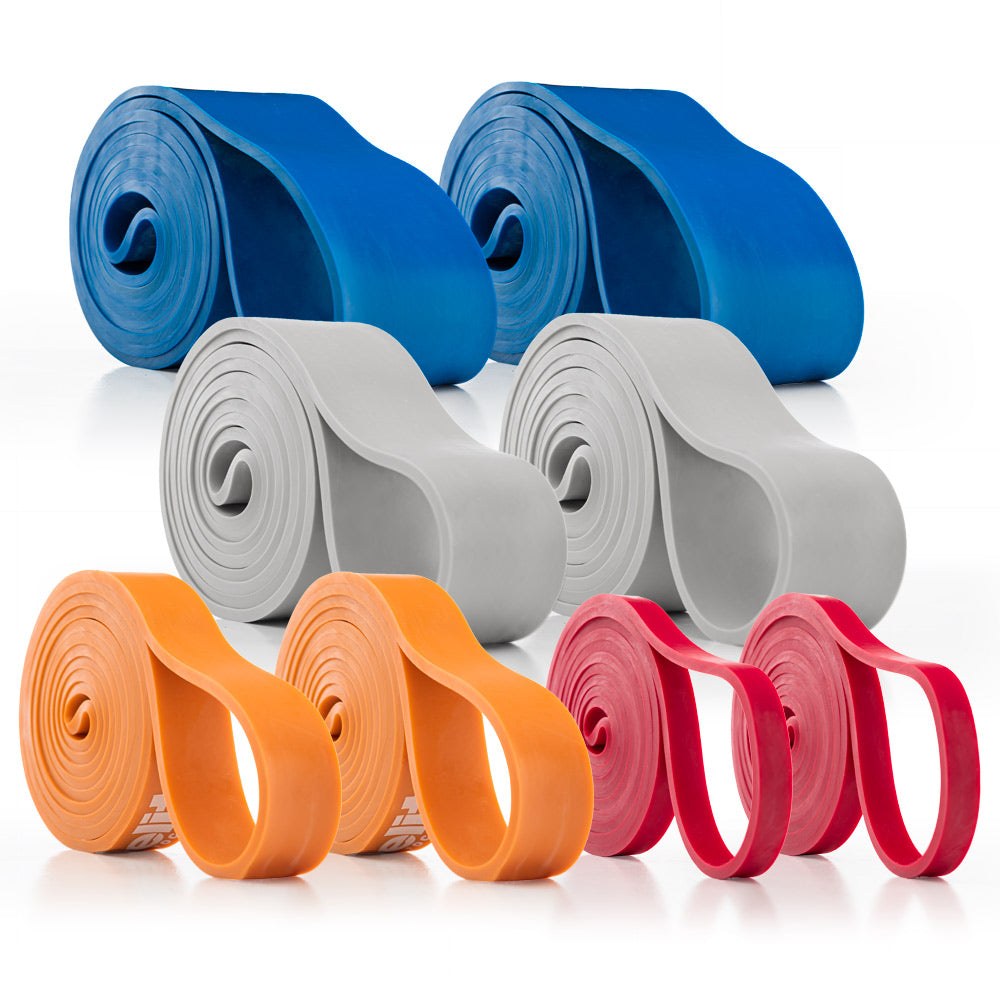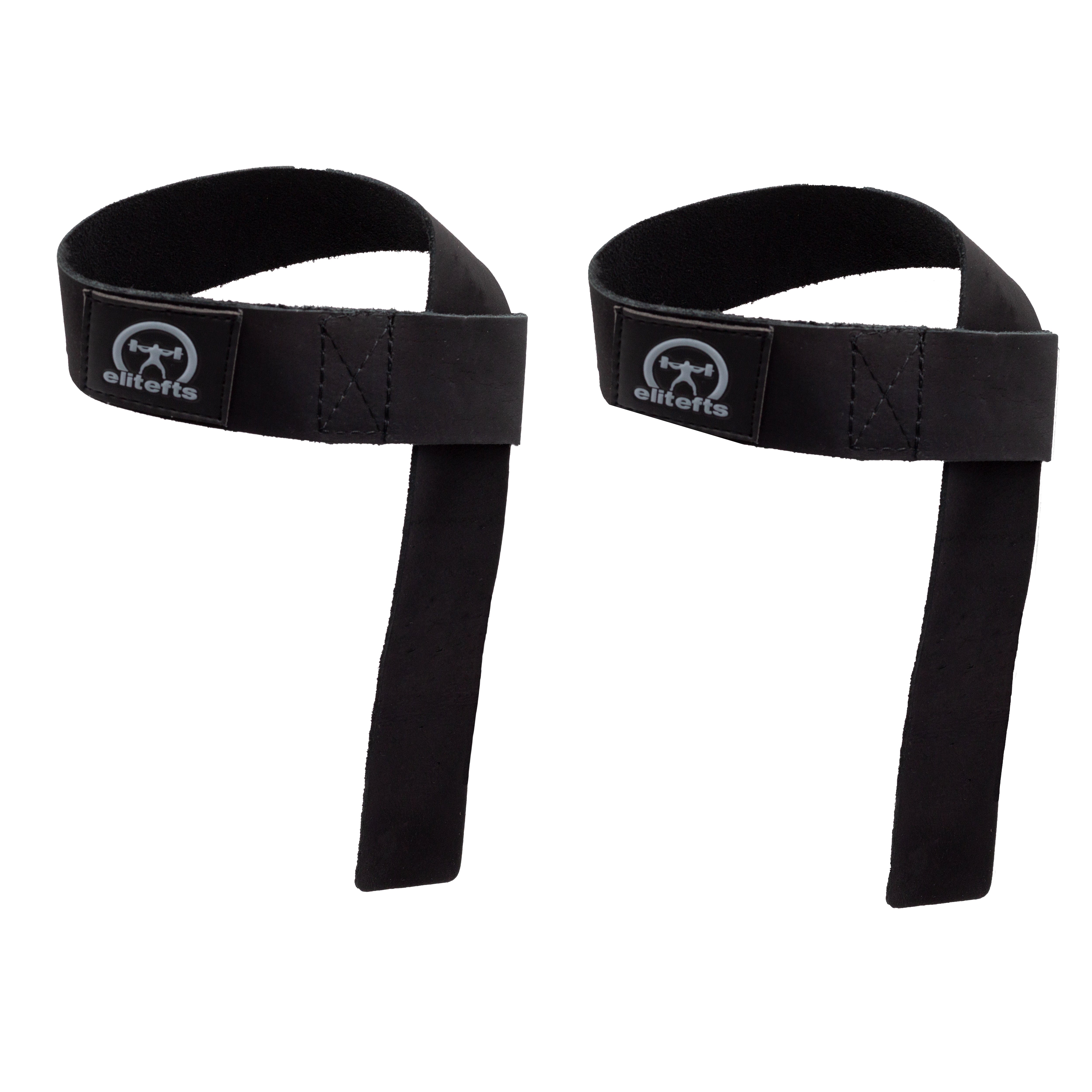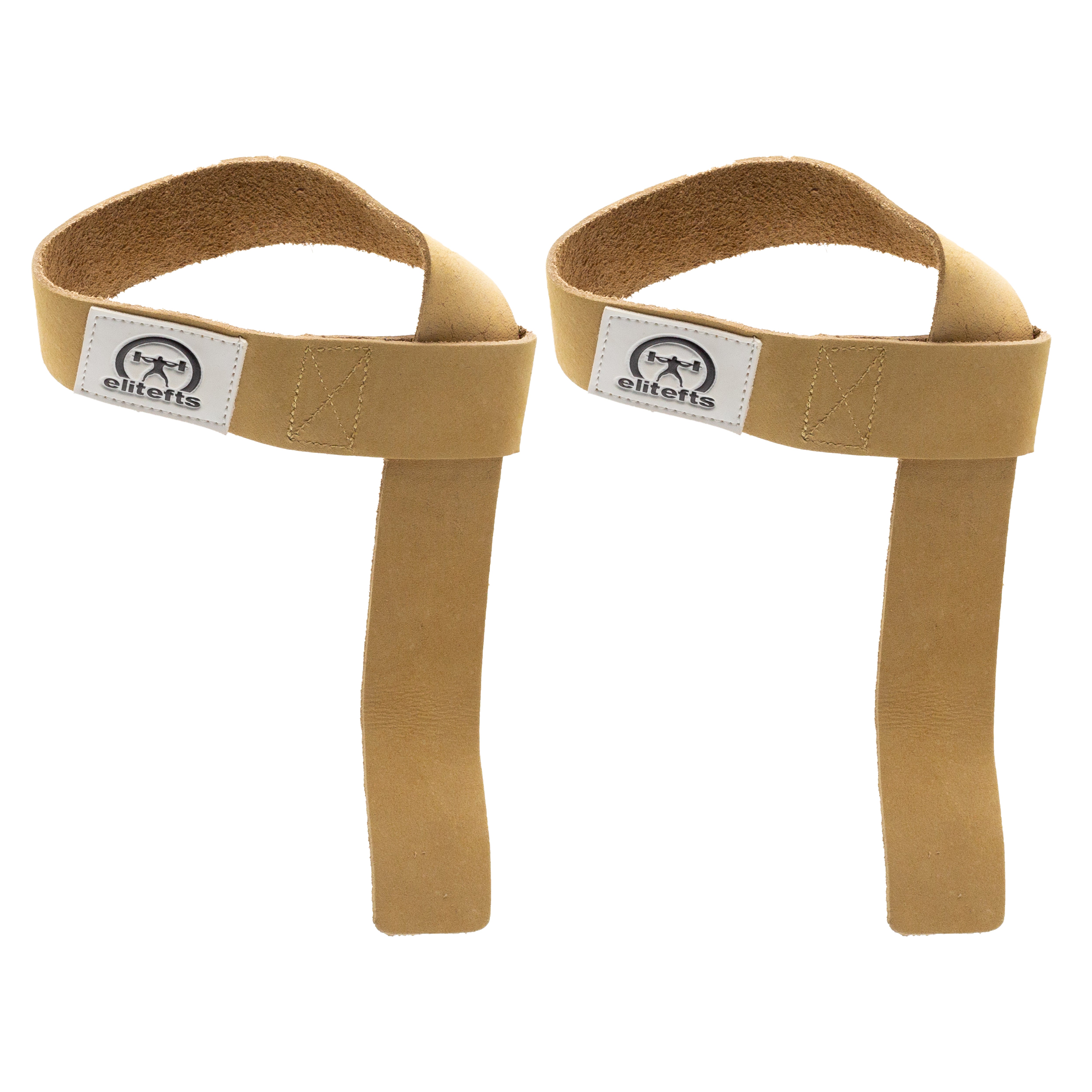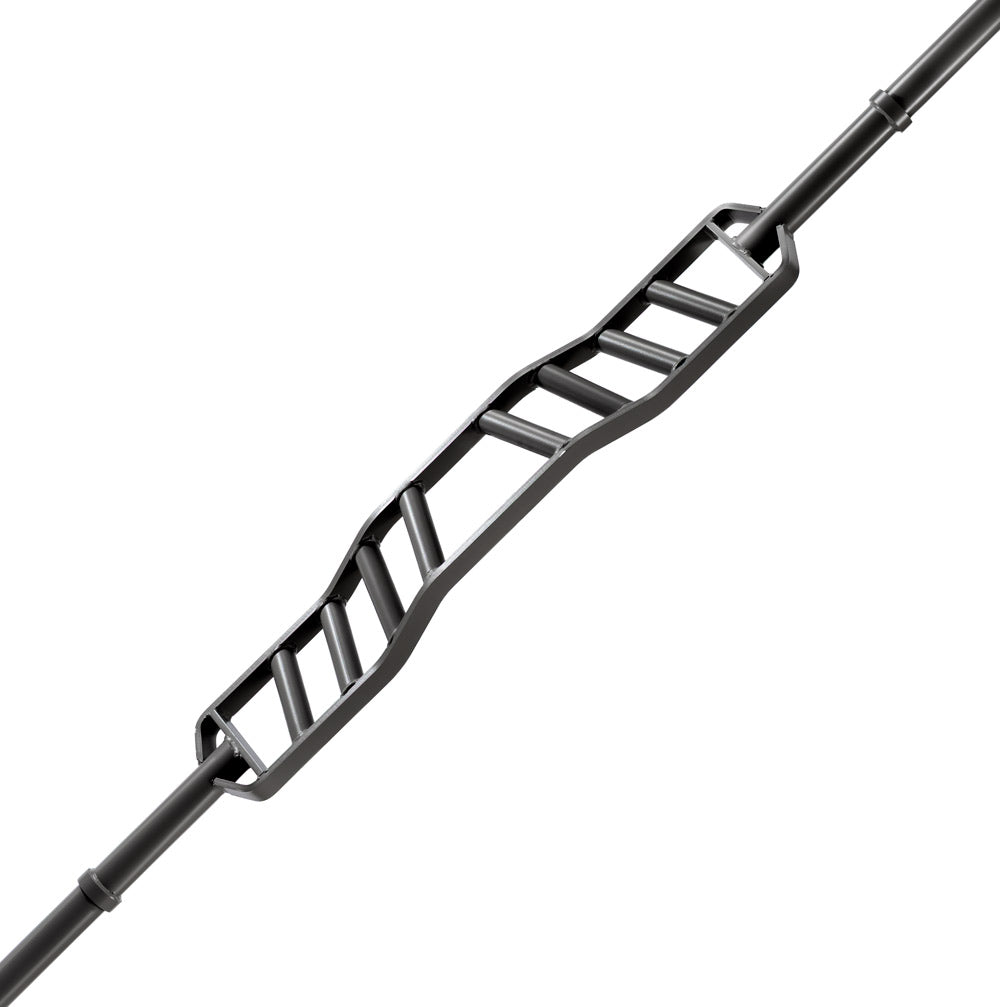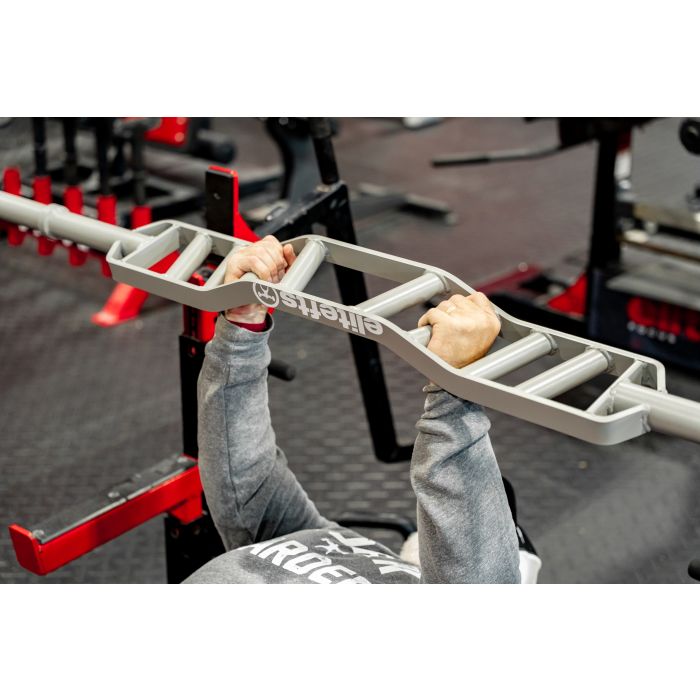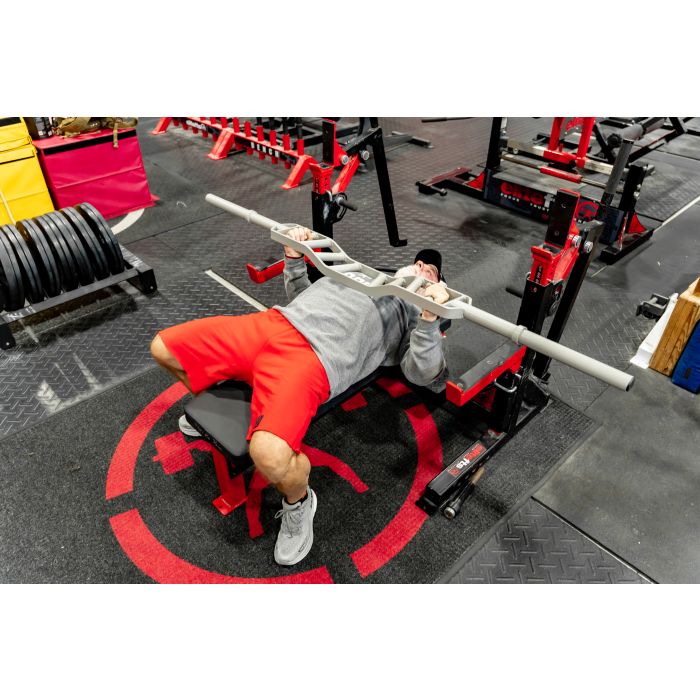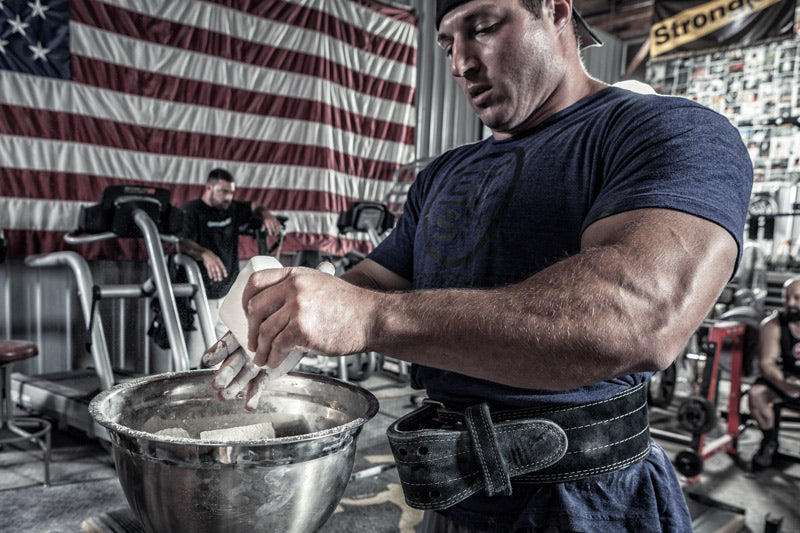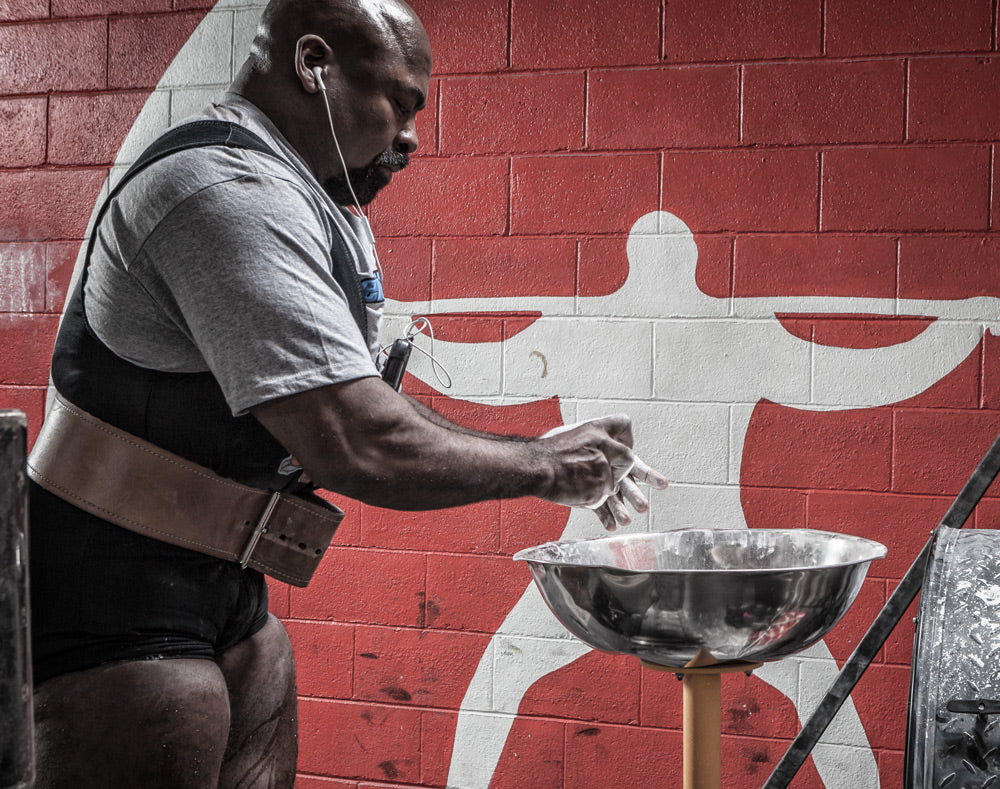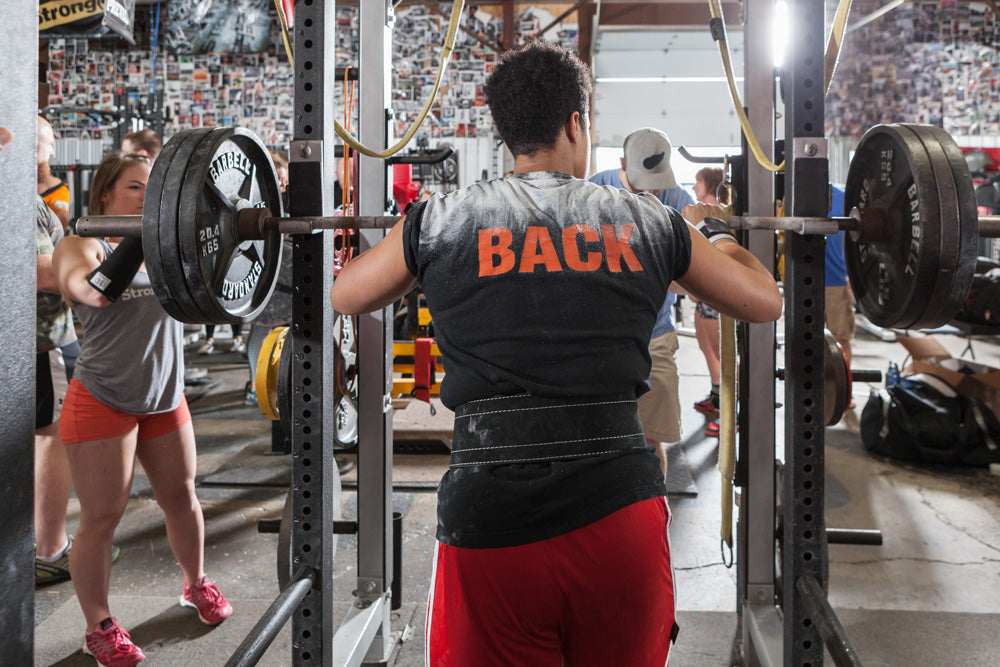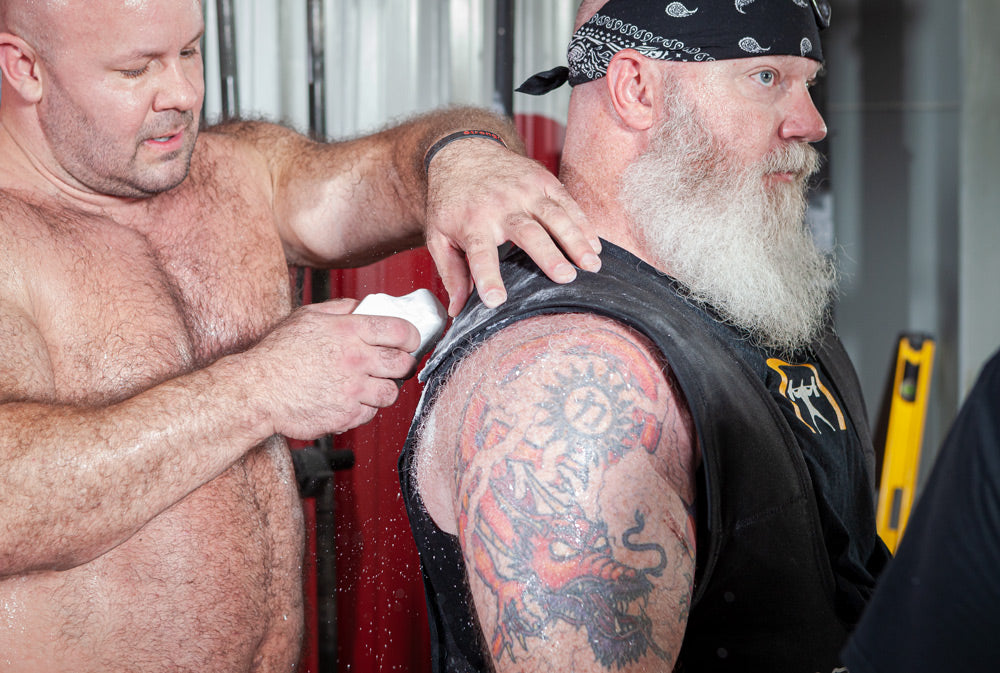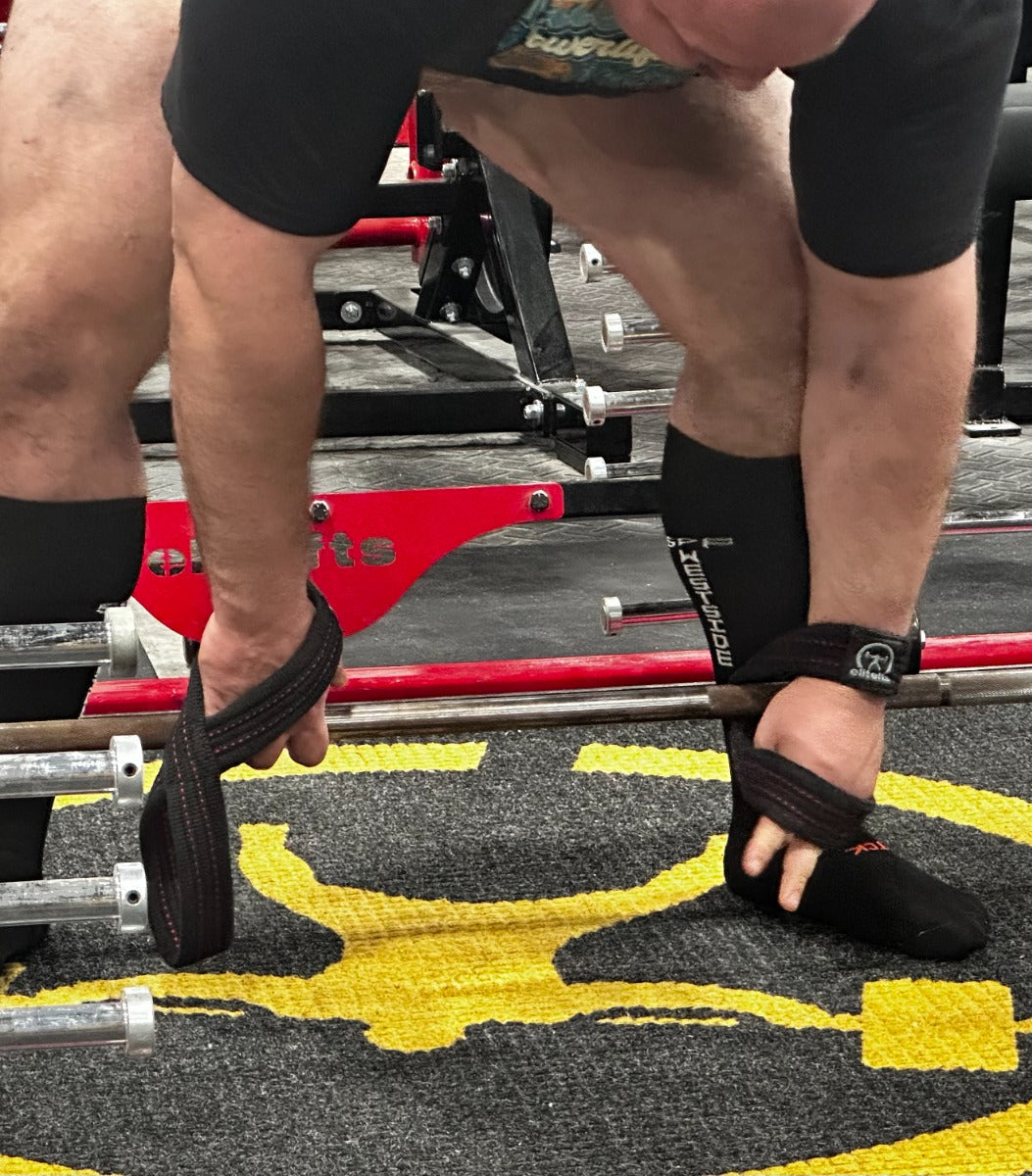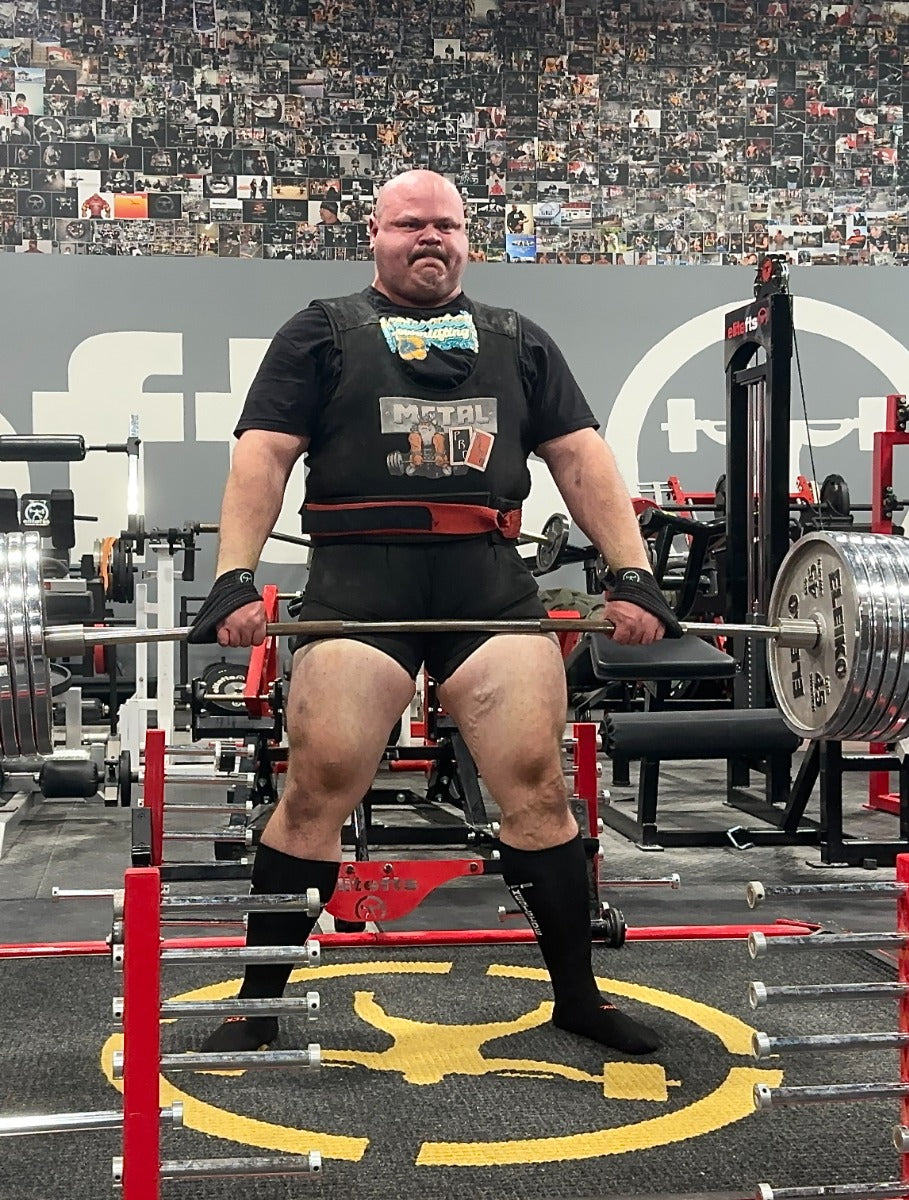When I look at the fat guy in the gym wasting his time on forearm curls to lose weight, I don’t feel sympathy. The big tough guy getting stapled to the bench by 365 pounds, when just a second ago he couldn’t even handle 315 pounds — nope, no sympathy there either. The girl who spends thirty minutes bouncing between the yes-no machines (abductor and adductor machines), who is going to have trouble walking the next day — I can’t muster even an iota of pathos. Nobody told them to do these things. But then I watch my friend, Jessica, running on the treadmill, day after day, year after year, running like a madwoman and going nowhere. Her body seems to get softer with every mile and the softer she gets the more she runs. I do feel pity for her because everybody, everywhere has convinced her that running is the way to stay slim and toned.
There’s a Jessica in every gym and spotting one is easy. The woman that runs for an hour or more every day on the treadmill, who every month or so sets a new distance or time goal. Maybe the goal encompasses the treadmill workouts; maybe it will be her fifth fund-raising marathon; or maybe she’s competing with runners in Finland via Nike®. The goal doesn’t matter, because years of seeing her on the treadmill exposes the results: she’s still — I’m not going to sugar coat this — fat. Or worse, she’s fatter.
I tried to rescue my Jessica from the clutches of the cardio contingent, but to no avail until a month ago when she called to tell me that a blood test had confirmed her doctor’s suspicion: she had hypothyroidism — her body no longer made enough thyroid hormone. Her metabolism slowed to a snail’s pace and the fat was accumulating. Now she had a culprit to blame, it wasn’t the cardio causing her problems, it was her body rebelling. When Jessica asked my advice, I told her to do two things: schedule a second test for two weeks later and until then, stop all the goddamn running.
Don’t assume I’m picking on women or making fun. There are men out there who do the same, thinking cardio wipes away the gut resulting from regular weekend beer binges, but they are, in comparison, rare. I am targeting women for three very good reasons:
- They are often intensely recruited for fund-raisers like Team-In-Training, lured by the promise of slim, trim health resulting from the month of cardio training leading to a marathon in addition to helping the charity in question
- Some physique coaches prescribe 20-plus hours per week of pre-contest cardio for women (that’s a part-time job)
- Steady-state endurance activities like this devastate a woman’s metabolism. It will devastate a man’s too, but in different ways.
Trashing steady-state cardio is nothing new and the better of the physique gurus figured this out a long time ago, but even then, they only apply the no-steady-state-cardio rule to contest preparation. The non-cardio coaches fail to state the most detrimental effect, one that applies specifically to women and is a primary reason many first-time or second-time figure and bikini competitors explode in weight when returning to their normal diet. It’s the same reason the Jessicas of the world run for hours per week with negative results. Studies demonstrate beyond any doubt that in women, cardio chronically shuts down the production of the thyroid hormone, T3.1-11
T3 is the body’s preeminent regulator of metabolism by throttling the efficiency of cells.12-19 T3 acts in various ways to increase heat production.20-21 As I pointed out, in Logic Does Not Apply: A Calorie Is A Calorie, this is one reason using static equations to perform calorie-in, calorie-out weight loss calculations doesn’t work—well, that’s why it’s stupid, actually. When T3 levels are normal, the body burns enough energy to stay warm and muscles function at moderate efficiency. Too much thyroid hormone (hyperthyroidism) and the body becomes inefficient making weight gain almost impossible. Too little T3 (hypothyroidism) and the body accumulates body fat with ease, almost regardless of physical activity level.
Women unknowingly put themselves into the hypothyroid condition because they perform so much steady-state cardio. In the quest to lose body fat, T3 levels can grant success or a miserable failure because of how it influences other fat-regulating hormones.22-31 In addition, women get all the other negative effects, which I’ll get to. Don’t be surprised or aghast. It’s a simple, sensible adaption of the body, especially a body equipped to bear the full brunt of reproducing.
Think about it this way: the body is a responsive, adaptive machine evolved for survival. If running on a regular basis, the body senses excessive energy expenditure and adjusts to compensate. Remember, no matter what dreamy nonsense we invent about how we hope the body works, its endgame is always survival. Start wasting energy running and the body reacts by slowing the metabolism to conserve energy. Decreasing energy output is biologically savvy for the body: survive longer while doing this stressful, useless activity — as the body views it. Decreasing T3 production, increases efficiency and adjusts metabolism to preserves energy quickly.
Nothing exemplifies this increasing efficiency better than how the body starts burning fuel. Training at a consistently plus-65 percent heart rate adapts the body to save as much body fat as possible. That’s right, after regular training, fat cells stop releasing fat during moderate-intensity activities like they once did.32-33 Energy from body fat stores decreases by a whopping 30 percent. 34-35 To this end, the body even sets into motion a series of reactions that make it difficult for muscle to burn fat at all.36-41 Instead of burning body fat, the body is taking extraordinary measures to hold on to it. Still believe cardio is the fast track to fat loss?
But wait. By acting now, you too can lose muscle mass. That’s right. No more muscle because too much steady-state cardio triggers the loss of muscle.42-45 This seems to be a two-fold mechanism, with heightened and sustained cortisol levels triggering muscle loss,46-56 which upregulates myostatin, a potent destroyer of muscle tissue.57 Oh yeah — say good bye to bone density too — it declines with the muscle mass and strength.58-64 And long-term health? Out the window as well. The percentage of muscle mass is an independent indicator of health.65 Lose muscle, lose bone, lose health—all in this nifty little package.
When sewn together, these phenomena coordinate a symphony of fat gain for most female competitors post-figure contest. After a month—or three—of cardio surpassing the 20 hours-per-week mark, fat-burning is at an astonishing low, and fat cells await an onslaught of calories to store.66-72 The worst thing imaginable in this state would be to eat whatever you wanted as much as you wanted. The combination of elevated insulin and cortisol would not only make you fat, but creates new fat cells so that you can become fatter than ever.73-80
I won’t name names, but I have seen amazing displays of gluttony from the smallest, trimmest women. Entire pizzas disappear leaving only the flotsam of toppings that fell during the feeding frenzy; appetizer, meal, cocktails, dessert—a paltry 4000 calories at The Cheesecake Factory vanish as the wait staff delivers each. A clean plate for each return to the buffet — hell with that, the only thing they’re taking to the food bar is a spoon and they’re not coming back. There are no leftovers; there are no crumbs. Some women catch it in time and stop the devastation, but others quickly swell and realize that the supposed off-season look has become their every-season look. And guess what they do to fix it: cardio for an hour every morning and another in the evening to hasten things…
The "cardio craze" — and it is a form of insanity — is on my hit list and I’m determined to kill it. I don’t know what else I can say. There are better ways to lose fat, be sexy and skinny for life, better ways to prepare for the stage. Women, you need to get off the damn treadmill; I don’t care what you’re preparing for. Stop thinking a bikini-body is at the end of the next marathon or on the other side of that stage. It’s not if you use steady-state cardio to get there — quite the opposite. The show may be over, the finish line might be crossed, but the damage to your metabolism is just starting.
Don’t want to stop running, fine. At the very least stop complaining about how the fat won’t come off the hips and thighs or the ass. You’re keeping it there.
What about Jessica, my friend who’s dilemma spawned this article? Luckily she took my suggestion and cut the cardio. Two weeks later, her T3 count was normal. Who would have guessed?
1. Baylor LS, Hackney AC. Resting thyroid and leptin hormone changes in women following intense, prolonged exercise training. Eur J Appl Physiol. 2003 Jan;88(4-5):480-4.
2. Boyden TW, Pamenter RW, Rotkis TC, Stanforth P, Wilmore JH. Thyroidal changes associated with endurance training in women. Med Sci Sports Exerc. 1984 Jun;16(3):243-6.
3. Wesche MF, Wiersinga WM. Relation between lean body mass and thyroid volume in competition rowers before and during intensive physical training. Horm Metab Res. 2001 Jul;33(7):423-7.
4. Tremblay A, Poehlman ET, Despres JP, Theriault G, Danforth E, Bouchard C. Endurance training with constant energy intake in identical twins: changes over time in energy expenditure and related hormones. Metabolism. 1997 May;46(5):499-503.
5. Rone JK, Dons RF, Reed HL. The effect of endurance training on serum triiodothyronine kinetics in man: physical conditioning marked by enhanced thyroid hormone metabolism. Clin Endocrinol (Oxf). 1992 Oct;37(4):325-30.
6. Loucks AB, Callister R. Induction and prevention of low-T3 syndrome in exercising women. Am J Physiol. 1993 May;264(5 Pt 2):R924-30.
7. Loucks AB, Heath EM. Induction of low-T3 syndrome in exercising women occurs at a threshold of energy availability. Am J Physiol. 1994 Mar;266(3 Pt 2):R817-23.
8. Rosolowska-Huszcz D. The effect of exercise training intensity on thyroid activity at rest. J Physiol Pharmacol. 1998 Sep;49(3):457-66.
9. Wirth A, Holm G, Lindstedt G, Lundberg PA, Bjorntorp P. Thyroid hormones and lipolysis in physically trained rats. Metabolism. 1981 Mar;30(3):237-41.
10. Opstad PK, Falch D, Oktedalen O, Fonnum F, Wergeland R. The thyroid function in young men during prolonged exercise and the effect of energy and sleep deprivation. Clin Endocrinol (Oxf). 1984 Jun;20(6):657-69.
11. Hohtari H, Pakarinen A, Kauppila A. Serum concentrations of thyrotropin, thyroxine, triiodothyronine and thyroxine binding globulin in female endurance runners and joggers. Acta Endocrinol (Copenh). 1987 Jan;114(1):41-6.
12. Lanni A, Moreno M, Lombardi A, Goglia F. Thyroid hormone and uncoupling proteins. FEBS Lett. 2003 May 22;543(1-3):5-10. Review.
13. Leijendekker WJ, van Hardeveld C, Elzinga G. Heat production during contraction in skeletal muscle of hypothyroid mice. Am J Physiol. 1987 Aug;253(2 Pt 1):E214-20.
14. Silva JE. Thyroid hormone control of thermogenesis and energy balance. Thyroid. 1995 Dec;5(6):481-92. Review.
15. Argyropoulos G, Harper ME. Uncoupling proteins and thermoregulation. J Appl Physiol. 2002 May;92(5):2187-98. Review.
16. Rolfe DF, Brown GC. Cellular energy utilization and molecular origin of standard metabolic rate in mammals. Physiol Rev. 1997 Jul;77(3):731-58. Review.
17. Danforth E Jr, Burger A. The role of thyroid hormones in the control of energy expenditure. Clin Endocrinol Metab. 1984 Nov;13(3):581-95. Review.
18. Schrauwen P, Hesselink M. UCP2 and UCP3 in muscle controlling body metabolism. J Exp Biol. 2002 Aug;205(Pt 15):2275-85. Review.
19. Silva JE. The multiple contributions of thyroid hormone to heat production. J Clin Invest. 2001 Jul;108(1):35-7.
20. Goglia F, Silvestri E, Lanni A. Thyroid hormones and mitochondria. Biosci Rep. 2002 Feb;22(1):17-32. Review.
21. Goglia F, Moreno M, Lanni A. Action of thyroid hormones at the cellular level: the mitochondrial target. FEBS Lett. 1999 Jun 11;452(3):115-20. Review.
22. Ribeiro MO, Carvalho SD, Schultz JJ, Chiellini G, Scanlan TS, Bianco AC, Brent GA. Thyroid hormone--sympathetic interaction and adaptive thermogenesis are thyroid hormone receptor isoform--specific. J Clin Invest. 2001 Jul;108(1):97-105.
23. Beylot M, Riou JP, Bienvenu F, Mornex R. Increased ketonaemia in hyperthyroidism. Evidence for a beta-adrenergic mechanism. Diabetologia. 1980;19(6):505-10.
24. Ostman J, Arner P, Bolinder J, Engfeldt P, Wennlund A. Regulation of lipolysis in hyperthyroidism. Int J Obes. 1981;5(6):665-70.
25. Collins S, Cao W, Daniel KW, Dixon TM, Medvedev AV, Onuma H, Surwit R. Adrenoceptors, uncoupling proteins, and energy expenditure. Exp Biol Med (Maywood). 2001 Dec;226(11):982-90.
26. Williams LT, Lefkowitz RJ, Watanabe AM, Hathaway DR, Besch HR Jr. Thyroid hormone regulation of beta-adrenergic receptor number. J Biol Chem. 1977 Apr 25;252(8):2787-9.
27. Martin WH 3rd. Triiodothyronine, beta-adrenergic receptors, agonist responses, and exercise capacity. Ann Thorac Surg. 1993 Jul;56(1 Suppl):S24-34.
28. Tsujimoto G, Hashimoto K, Hoffman BB. Effects of thyroid hormone on beta-adrenergic responsiveness of aging cardiovascular systems. Am J Physiol. 1987 Mar;252(3 Pt 2):H513-20.
29. Richelsen B, Sorensen NS. Alpha 2- and beta-adrenergic receptor binding and action in gluteal adipocytes from patients with hypothyroidism and hyperthyroidism. Metabolism. 1987 Nov;36(11):1031-9.
30. Wang JL, Chinookoswong N, Yin S, Shi ZQ. Calorigenic actions of leptin are additive to, but not dependent on, those of thyroid hormones. Am J Physiol Endocrinol Metab. 2000 Dec;279(6):E1278-85.
31. Seidel A, Heldmaier G. Thyroid hormones affect the physiological availability of nonshivering thermogenesis. Pflugers Arch. 1982 May;393(3):283-5.
32. Jones NL, Heigenhauser GJ, Kuksis A, Matsos CG, Sutton JR, Toews CJ. Fat metabolism in heavy exercise. Clin Sci (Lond). 1980 Dec;59(6):469-78.
33. Romijn JA, Coyle EF, Sidossis LS, Zhang XJ, Wolfe RR. Relationship between fatty acid delivery and fatty acid oxidation during strenuous exercise. J Appl Physiol. 1995 Dec;79(6):1939-45.
34. Romijn JA, Coyle EF, Sidossis LS, Gastaldelli A, Horowitz JF, Endert E, Wolfe RR. Regulation of endogenous fat and carbohydrate metabolism in relation to exercise intensity and duration. Am J Physiol Endocrinol Metab. 1993;265:E380-E391.
35. Martin WH 3rd, Dalsky GP, Hurley BF, Matthews DE, Bier DM, Hagberg JM, Rogers MA, King DS, Holloszy JO. Effect of endurance training on plasma free fatty acid turnover and oxidation during exercise. Am J Physiol. 1993;265:E708–14.
36. Elayan IM, Winder WW. Effect of glucose infusion on muscle malonyl-CoA during exercise. J Appl Physiol. 1991 Apr;70(4):1495-9.
37. Saddik M, Gamble J, Witters LA, Lopaschuk GD. Acetyl-CoA carboxylase regulation of fatty acid oxidation in the heart. J Biol Chem. 1993 Dec 5;268(34):25836-45.
38. McGarry JD, Mannaerts GP, Foster DW. A possible role for malonyl-CoA in the regulation of hepatic fatty acid oxidation and ketogenesis. J Clin Invest. 1977 Jul;60(1):265-70.
39. Robinson IN, Zammit VA. Sensitivity of carnitine acyltransferase I to malonly-CoA inhibition in isolated rat liver mitochondria is quantitatively related to hepatic malonyl-CoA concentration in vivo. Biochem J. 1982 Jul 15;206(1):177-9.
40. McGarry JD, Mills SE, Long CS, Foster DW. Observations on the affinity for carnitine, and malonyl-CoA sensitivity, of carnitine palmitoyltransferase I in animal and human tissues. Demonstration of the presence of malonyl-CoA in non-hepatic tissues of the rat. Biochem J. 1983 Jul 15;214(1):21-8.
41. Sidossis LS, Gastaldelli A, Klein S, Wolfe RR. Regulation of plasma fatty acid oxidation during low- and high-intensity exercise. Am J Physiol. 1997;272:E1065–70.
42. Mertens DJ, Rhind S, Berkhoff F, Dugmore D, Shek PN, Shephard RJ. Nutritional, immunologic and psychological responses to a 7250 km run. J Sports Med Phys Fitness. 1996 Jun;36(2):132-8.
43. Wesche MF, Wiersinga WM. Relation between lean body mass and thyroid volume in competition rowers before and during intensive physical training. Horm Metab Res. 2001 Jul;33(7):423-7.
44. Eliakim A, Brasel JA, Mohan S, Barstow TJ, Berman N, Cooper DM. Physical fitness, endurance training, and the growth hormone-insulin-like growth factor I system in adolescent females. J Clin Endocrinol Metab. 1996 Nov;81(11):3986-92.
45. Bisschop PH, Sauerwein HP, Endert E, Romijn JA. Isocaloric carbohydrate deprivation induces protein catabolism despite a low T3-syndrome in healthy men. Clin Endocrinol (Oxf). 2001 Jan;54(1):75-80.
46. Essig DA, Alderson NL, Ferguson MA, Bartoli WP, Durstine JL. Delayed effects of exercise on the plasma leptin concentration. Metabolism. 2000 Mar;49(3):395-9.
47. Kanaley JA, Weltman JY, Pieper KS, Weltman A, Hartman ML. Cortisol and growth hormone responses to exercise at different times of day. J Clin Endocrinol Metab. 2001 Jun;86(6):2881-9.
48. Duclos M, Gouarne C, Bonnemaison D. Acute and chronic effects of exercise on tissue sensitivity to glucocorticoids. J Appl Physiol. 2003 Mar;94(3):869-75.
49. Duclos M, Corcuff JB, Pehourcq F, Tabarin A. Decreased pituitary sensitivity to glucocorticoids in endurance-trained men. Eur J Endocrinol. 2001 Apr;144(4):363-8.
50. Heitkamp HC, Schulz H, Rocker K, Dickhuth HH. Endurance training in females: changes in beta-endorphin and ACTH. Int J Sports Med. 1998 May;19(4):260-4.
51. Duclos M, Corcuff JB, Arsac L, Moreau-Gaudry F, Rashedi M, Roger P, Tabarin A, Manier G. Corticotroph axis sensitivity after exercise in endurance-trained athletes. Clin Endocrinol (Oxf). 1998 Apr;48(4):493-501.
52. Tyndall GL, Kobe RW, Houmard JA. Cortisol, testosterone, and insulin action during intense swimming training in humans. Eur J Appl Physiol Occup Physiol. 1996;73(1-2):61-5.
53. Vasankari TJ, Kujala UM, Heinonen OJ, Huhtaniemi IT. Effects of endurance training on hormonal responses to prolonged physical exercise in males. Acta Endocrinol (Copenh). 1993 Aug;129(2):109-13.
54. Hoogeveen AR, Zonderland ML. Relationships between testosterone, cortisol and performance in professional cyclists. Int J Sports Med. 1996 Aug;17(6):423-8.
55. Seidman DS, Dolev E, Deuster PA, Burstein R, Arnon R, Epstein Y. Androgenic response to long-term physical training in male subjects. Int J Sports Med. 1990 Dec;11(6):421-4.
56. Duclos, M, Corcuff JB, Rashedi M, Fougere V, and Manier G. Trained versus untrained: different hypothalamo-pituitary adrenal axis responses to exercise recovery. Eur J Appl Physiol 75: 343-350, 1997.
57. Ma K, Mallidis C, Bhasin S, Mahabadi V, Artaza J, Gonzalez-Cadavid N, Arias J, Salehian B. Glucocorticoid-induced skeletal muscle atrophy is associated with upregulation of myostatin gene expression. Am J Physiol Endocrinol Metab. 2003 Aug;285(2):E363-71.
58. Cvijetić S, Grazio S, Gomzi M, Krapac L, Nemcić T, Uremović M, Bobić J. Muscle strength and bone density in patients with different rheumatic conditions: cross-sectional study. Croat Med J. 2011 Apr 15;52(2):164-70.
59. Dixon WG, Lunt M, Pye SR, Reeve J, Felsenberg D, Silman AJ, O'Neill TW; European Prospective Osteoporosis Study Group. Low grip strength is associated with bone mineral density and vertebral fracture in women. Rheumatology (Oxford). 2005 May;44(5):642-6.
60. Lekamwasam S, Weerarathna T, Rodrigo M, Arachchi WK, Munidasa D. Association between bone mineral density, lean mass, and fat mass among healthy middle-aged premenopausal women: a cross-sectional study in southern Sri Lanka. J Bone Miner Metab. 2009;27(1):83-8.
61. Li S, Wagner R, Holm K, Lehotsky J, Zinaman MJ. Relationship between soft tissue body composition and bone mass in perimenopausal women. Maturitas. 2004 Feb 20;47(2):99-105.
62. Salamone LM, Glynn N, Black D, Epstein RS, Palermo L, Meilahn E, Kuller LH, Cauley JA. Body composition and bone mineral density in premenopausal and early perimenopausal women. J Bone Miner Res. 1995 Nov;10(11):1762-8.
63. Winters KM, Snow CM. Body composition predicts bone mineral density and balance in premenopausal women. J Womens Health Gend Based Med. 2000 Oct;9(8):865-72.
64. Witzke KA, Snow CM. Lean body mass and leg power best predict bone mineral density in adolescent girls. Med Sci Sports Exerc. 1999 Nov;31(11):1558-63.
65. Allison DB, Zannolli R, Faith MS, Heo M, Pietrobelli A, VanItallie TB, Pi-Sunyer FX, Heymsfield SB. Weight loss increases and fat loss decreases all-cause mortality rate: results from two independent cohort studies. Int J Obes Relat Metab Disord. 1999 Jun;23(6):603-11.
66. Savard R, Despres JP, Marcotte M, Bouchard C. Endurance training and glucose conversion into triglycerides in human fat cells. J Appl Physiol. 1985 Jan;58(1):230-5.
67. Viru A, Toode K, Eller A. Adipocyte responses to adrenaline and insulin in active and former sportsmen. Eur J Appl Physiol Occup Physiol. 1992;64(4):345-9.
68. Hickner RC, Racette SB, Binder EF, Fisher JS, Kohrt WM. Effects of 10 days of endurance exercise training on the suppression of whole body and regional lipolysis by insulin. J Clin Endocrinol Metab. 2000 Apr;85(4):1498-504.
69. Gommers A, Dehez-Delhaye M, Caucheteux D. Prolonged effects of training on adipose tissue glucose metabolism and insulin responsiveness in adult rats (author's transl) Diabete Metab. 1981 Jun;7(2):121-6.
70. Perreault L, Lavely JM, Kittelson JM, Horton TJ. Gender differences in lipoprotein lipase activity after acute exercise. Obes Res. 2004 Feb;12(2):241-9.
71. Taskinen MR, Nikkila EA. Effect of acute vigorous exercise on lipoprotein lipase activity of adipose tissue and skeletal muscle in physically active men. Artery. 1980;6(6):471-83.
72. Farese RV Jr, Yost TJ, Eckel RH. Tissue-specific regulation of lipoprotein lipase activity by insulin/glucose in normal-weight humans. Metabolism. 1991 Feb;40(2):214-6.
73. Gregoire F, Genart C, Hauser N, Remacle C. Glucocorticoids induce a drastic inhibition of proliferation and stimulate differentiation of adult rat fat cell precursors. Exp Cell Res. 1991 Oct;196(2):270-8.
74. Xu XF, Bjorntorp P. Effects of dexamethasone on multiplication and differentiation of rat adipose precursor cells. Exp Cell Res. 1990 Aug;189(2):247-52.
75. Hentges EJ, Hausman GJ. Primary cultures of stromal-vascular cells from pig adipose tissue: the influence of glucocorticoids and insulin as inducers of adipocyte differentiation. Domest Anim Endocrinol. 1989 Jul;6(3):275-85.
76. Hauner H, Entenmann G, Wabitsch M, Gaillard D, Ailhaud G, Negrel R, Pfeiffer EF. Promoting effect of glucocorticoids on the differentiation of human adipocyte precursor cells cultured in a chemically defined medium. J Clin Invest. 1989 Nov;84(5):1663-70.
77. Hauner H, Schmid P, Pfeiffer EF. Glucocorticoids and insulin promote the differentiation of human adipocyte precursor cells into fat cells. J Clin Endocrinol Metab. 1987 Apr;64(4):832-5.
78. Ramsay TG, White ME, Wolverton CK. Glucocorticoids and the differentiation of porcine preadipocytes. J Anim Sci. 1989 Sep;67(9):2222-9.
79. Bujalska IJ, Kumar S, Hewison M, Stewart PM. Differentiation of adipose stromal cells: the roles of glucocorticoids and 11beta-hydroxysteroid dehydrogenase. Endocrinology. 1999 Jul;140(7):3188-96.
80. Nougues J, Reyne Y, Barenton B, Chery T, Garandel V, Soriano J. Differentiation of adipocyte precursors in a serum-free medium is influenced by glucocorticoids and endogenously produced insulin-like growth factor-I. Int J Obes Relat Metab Disord. 1993 Mar;17(3):159-67.

